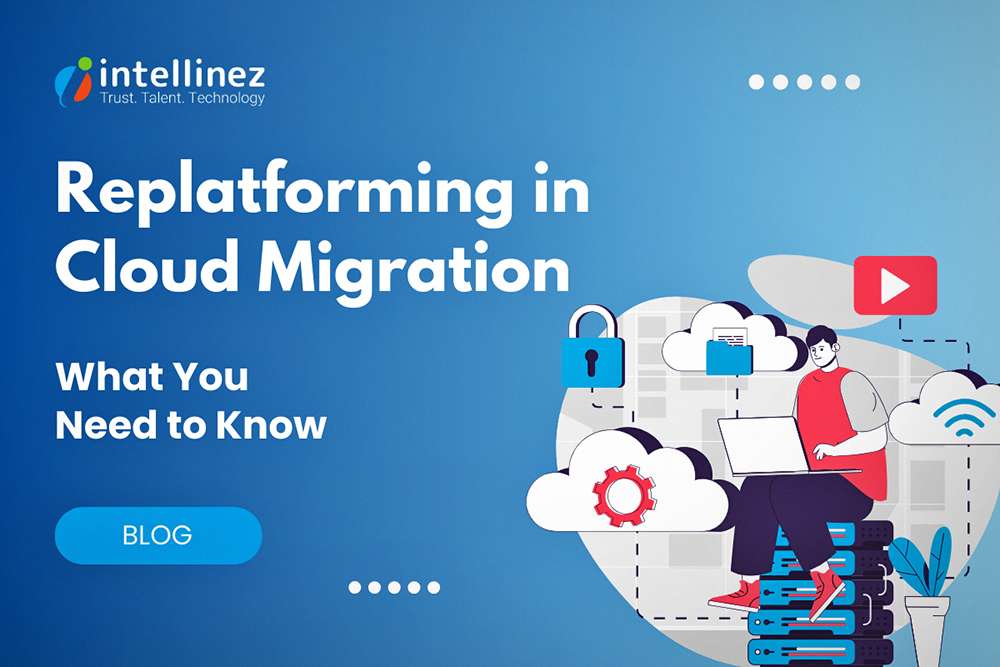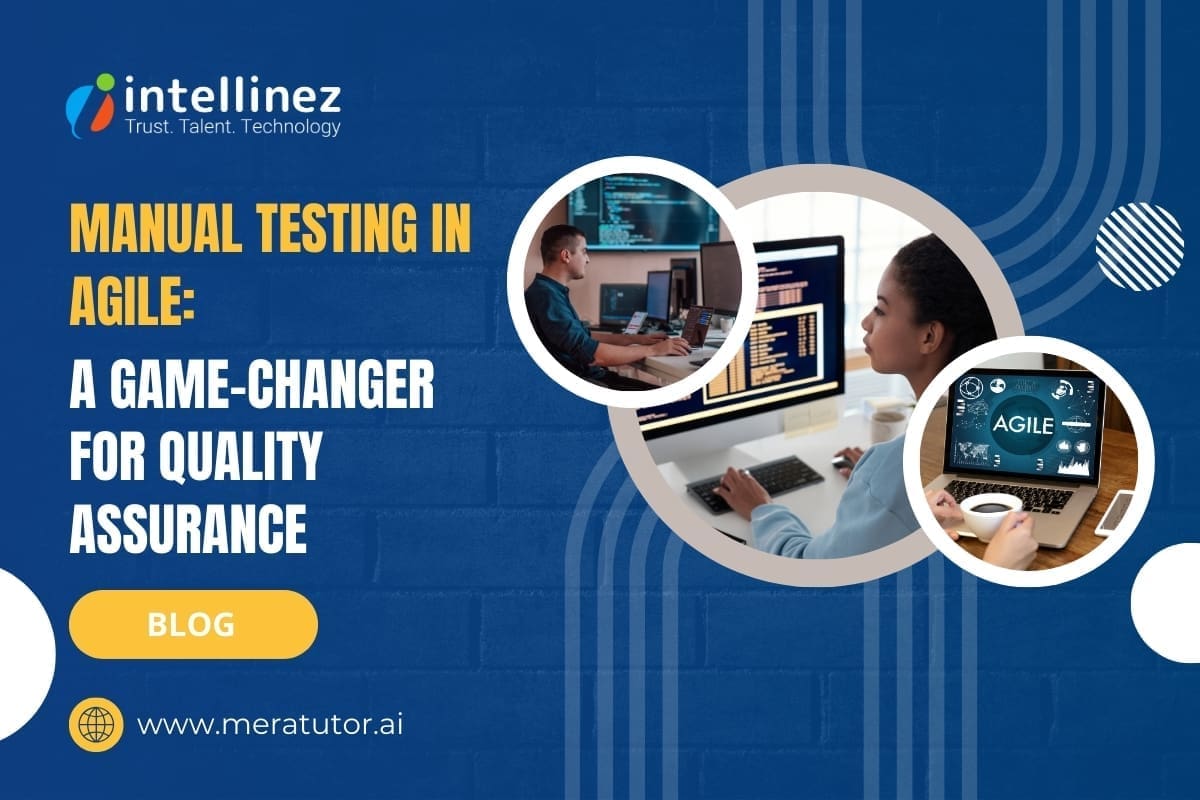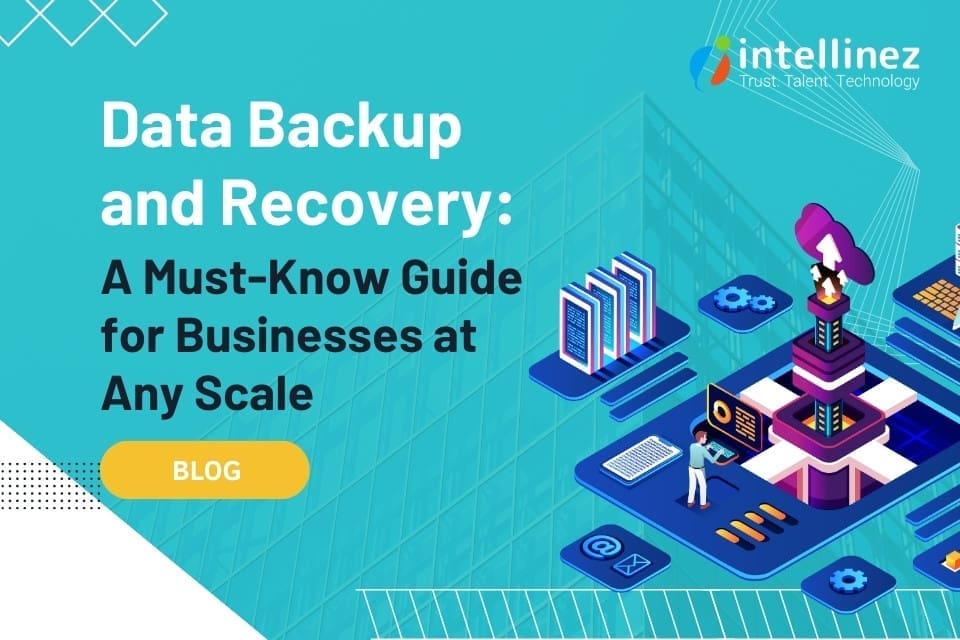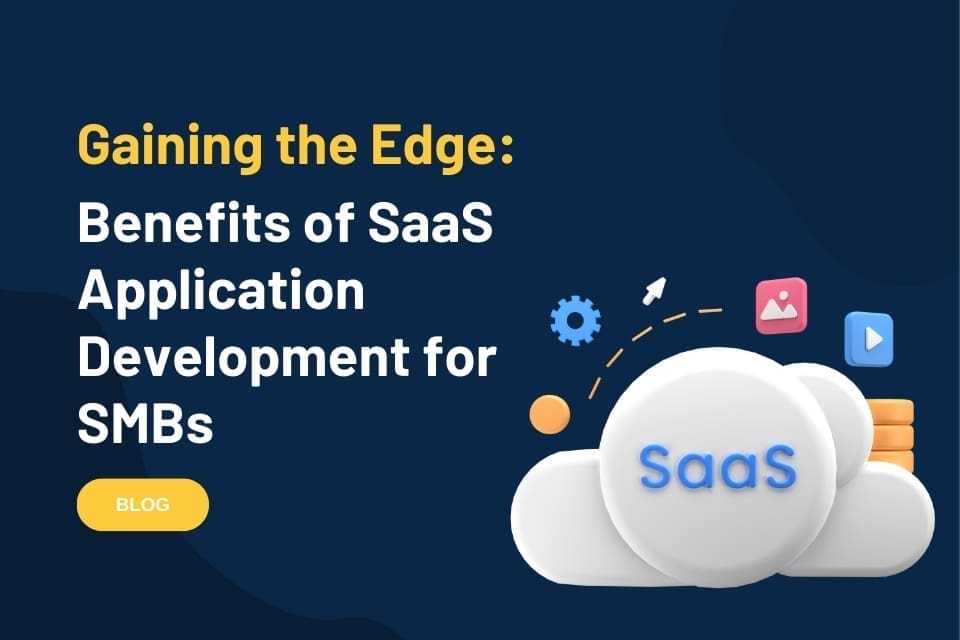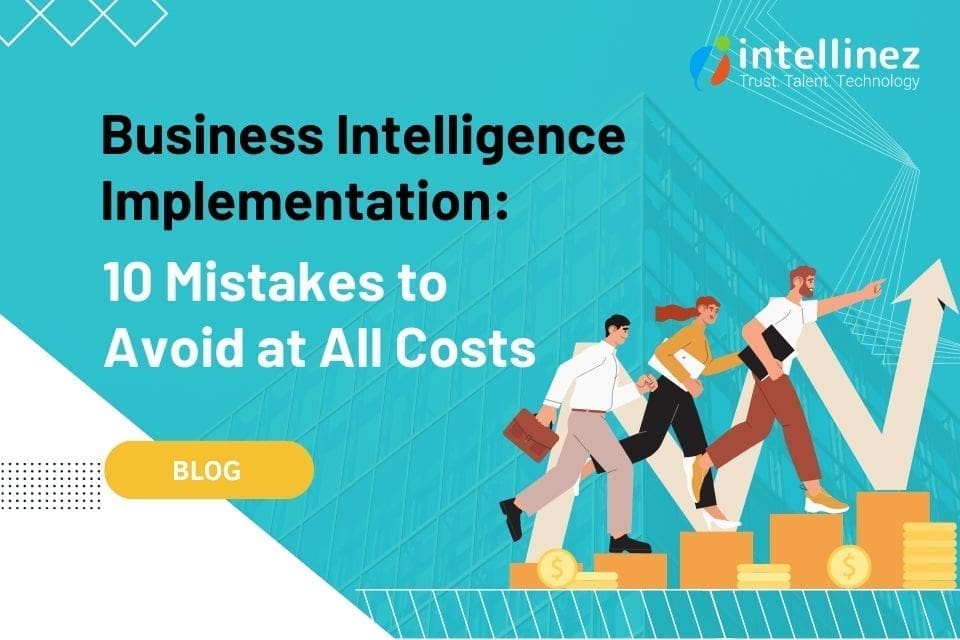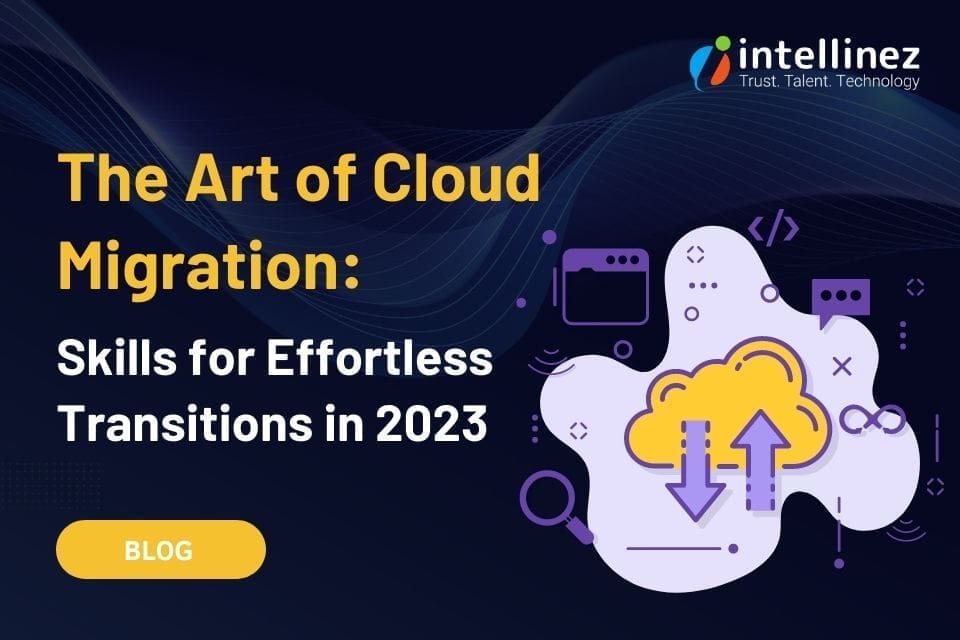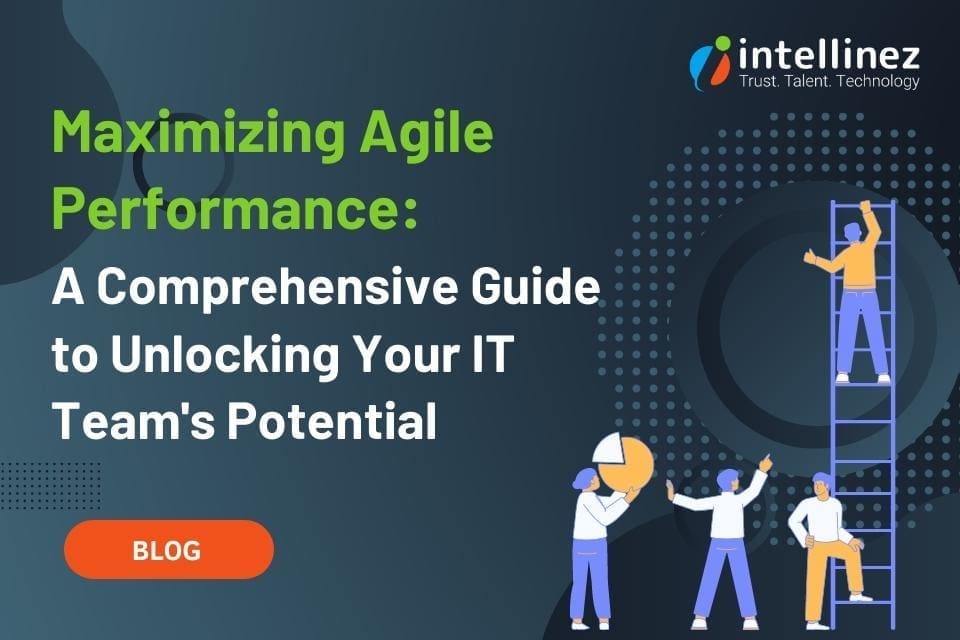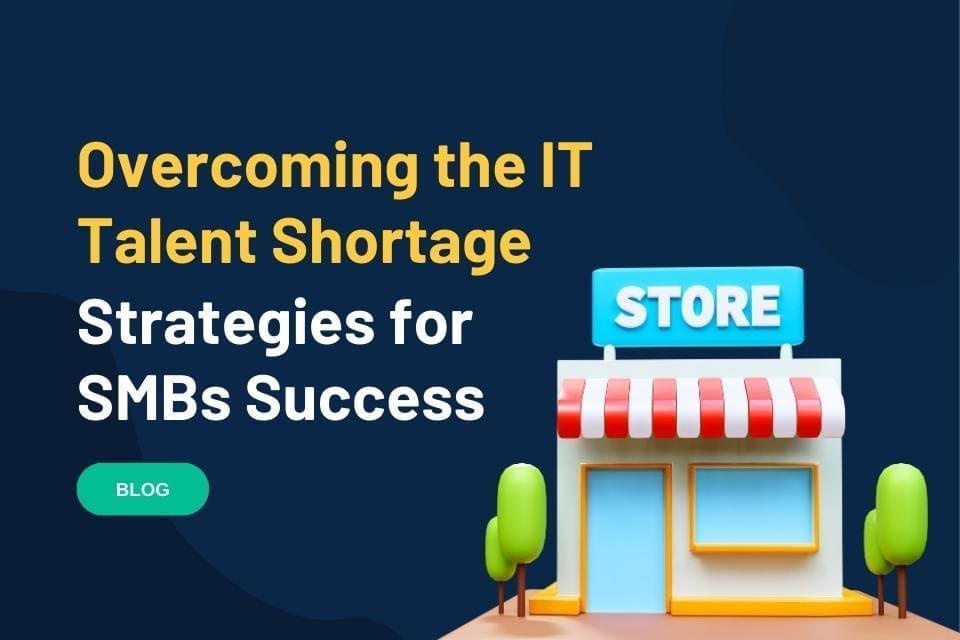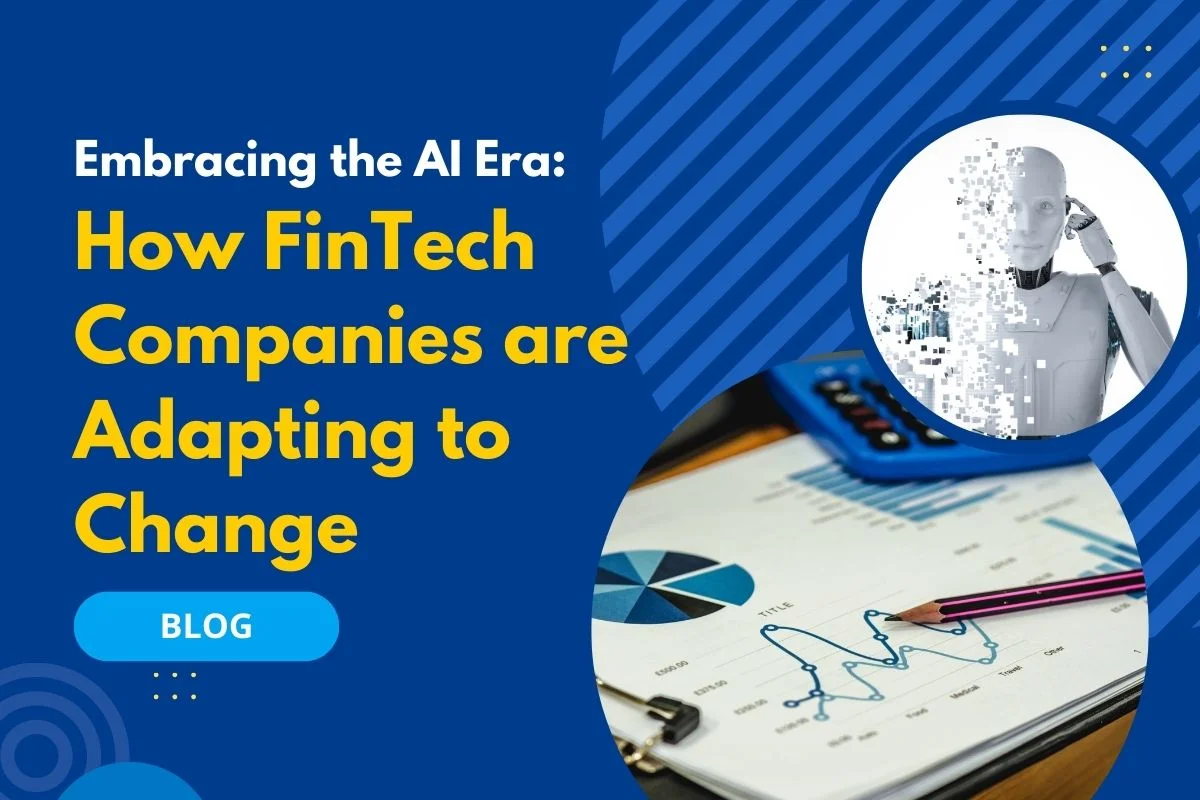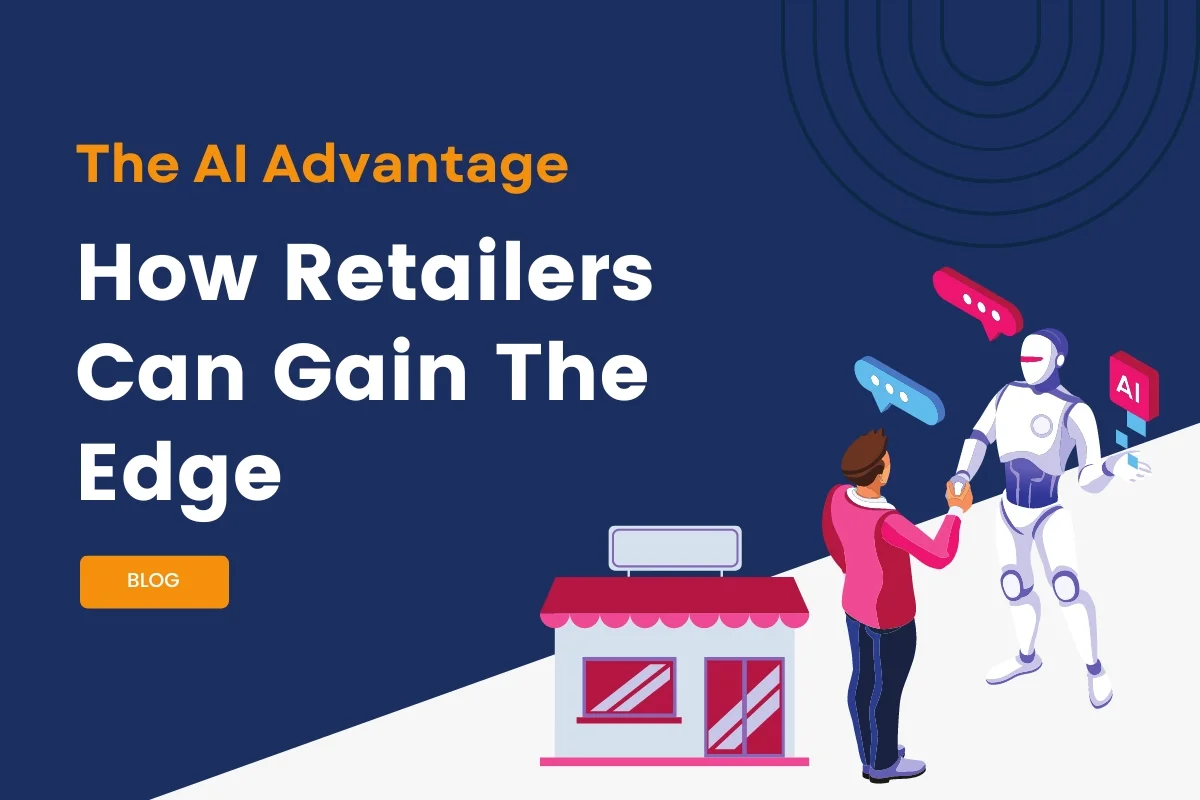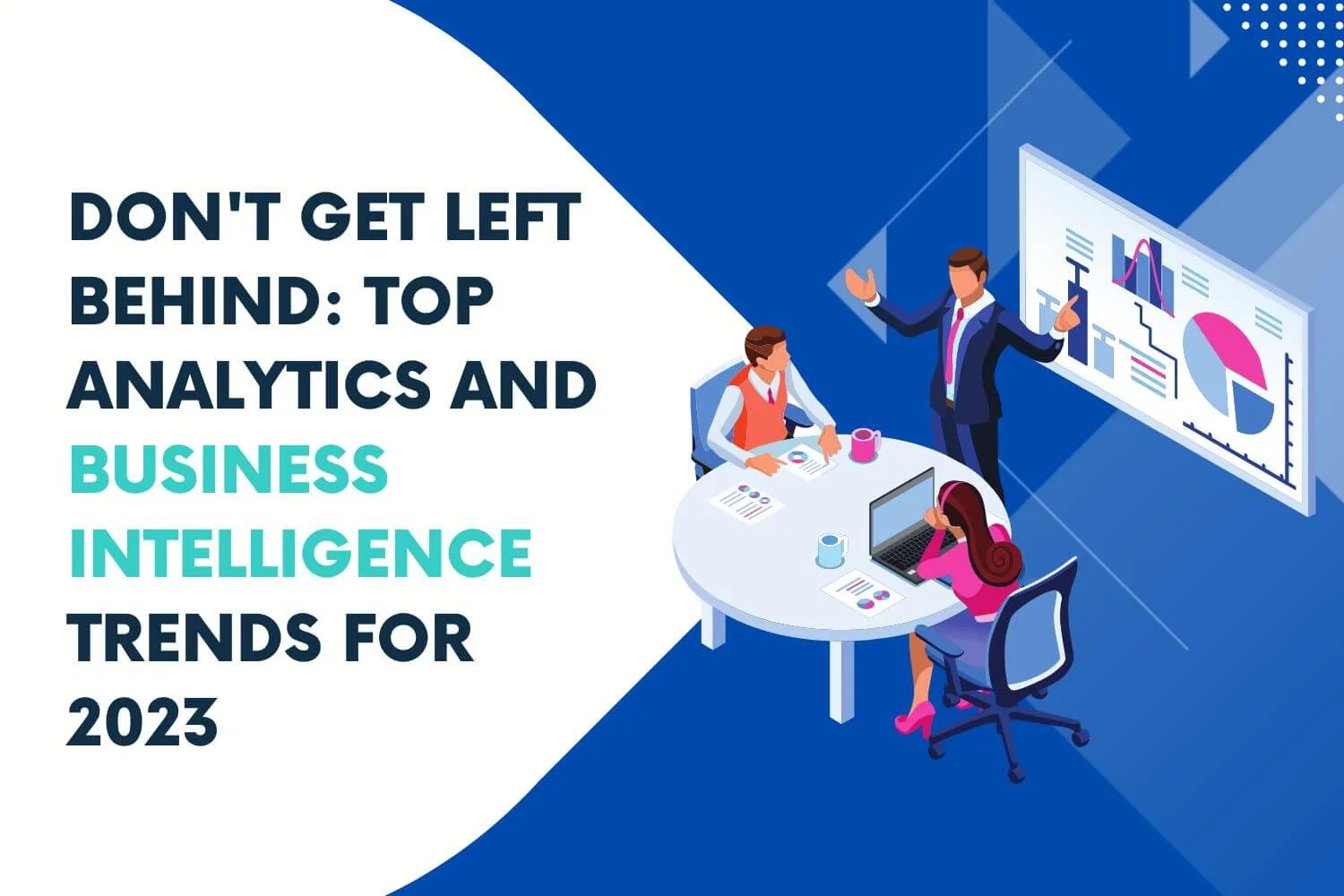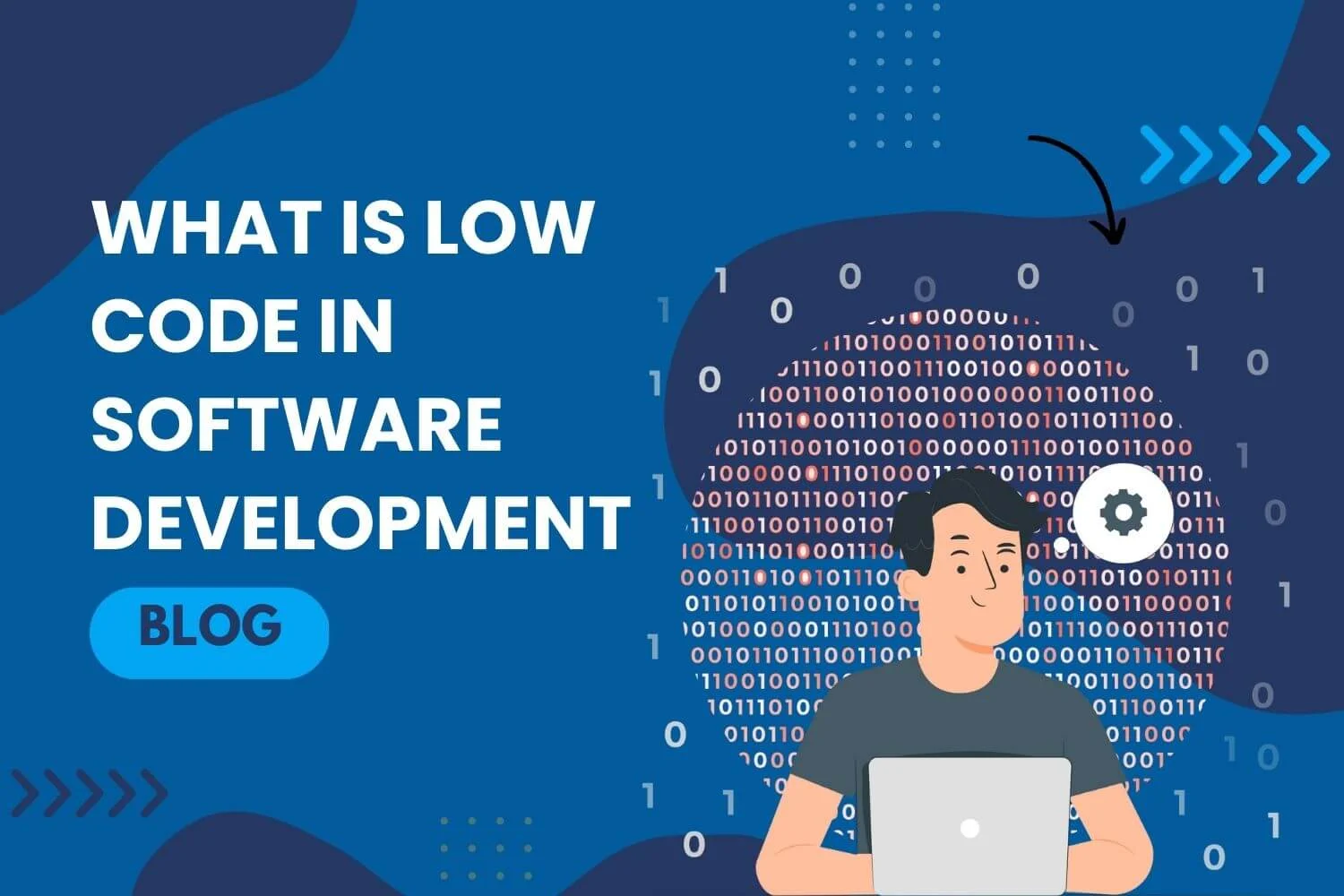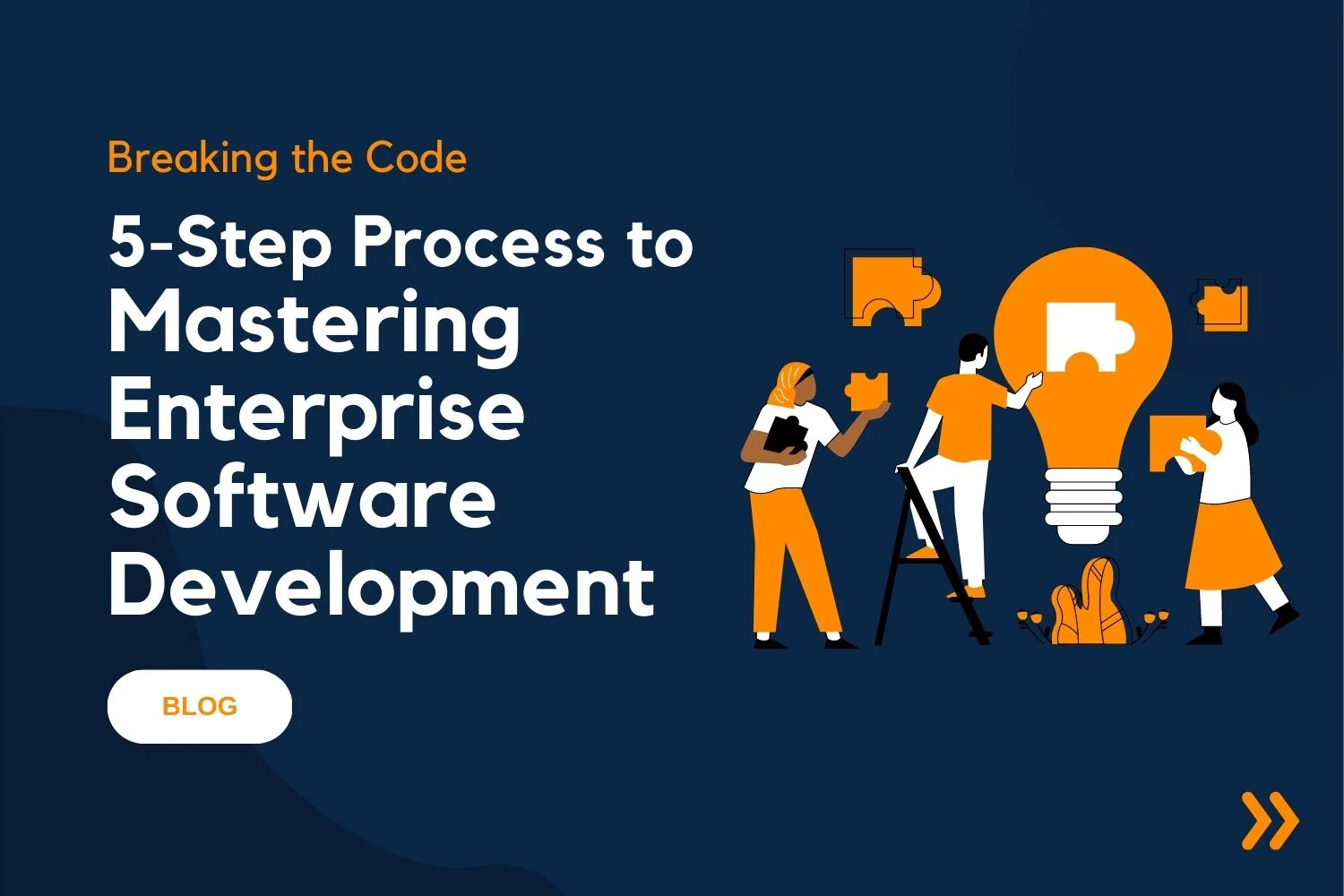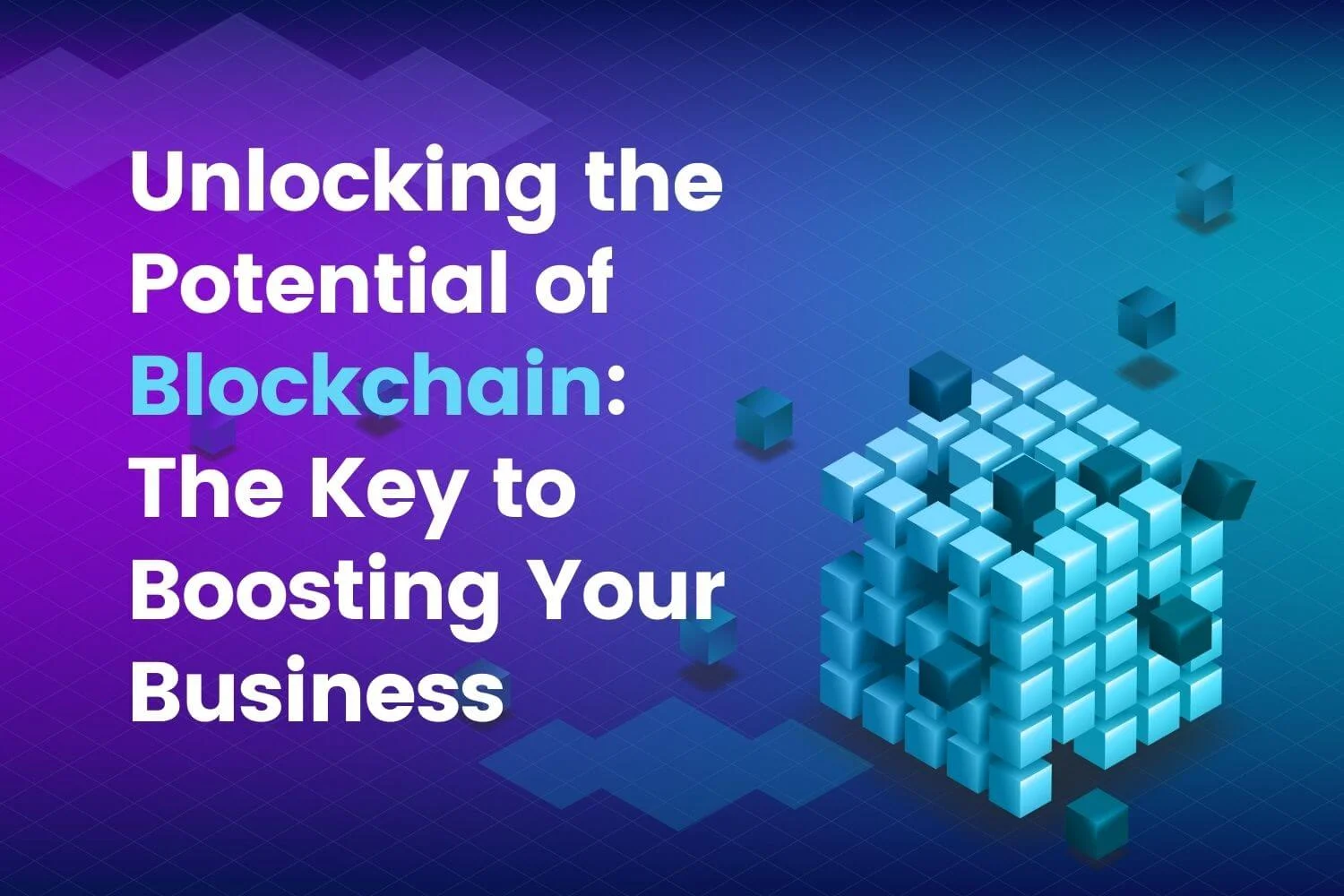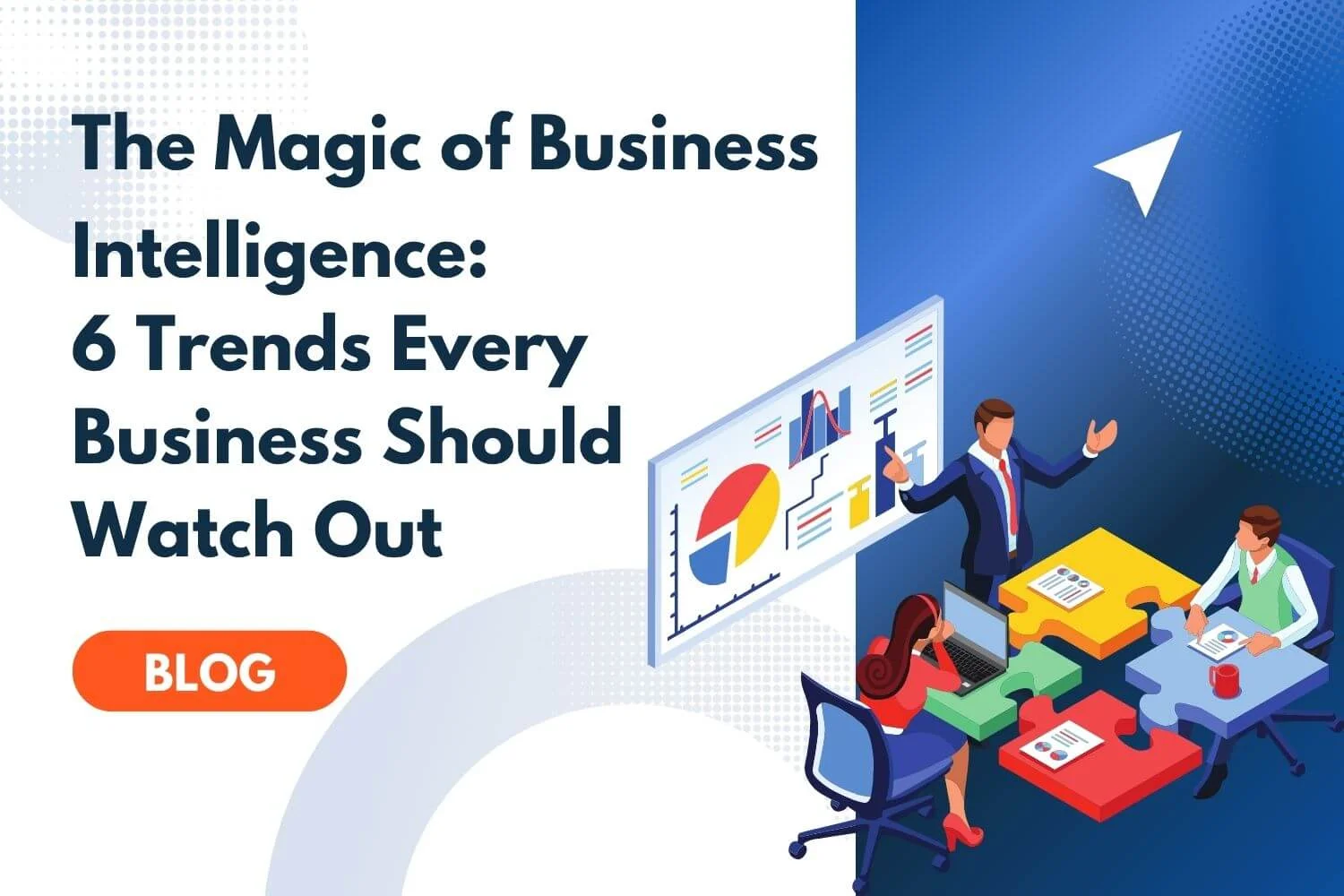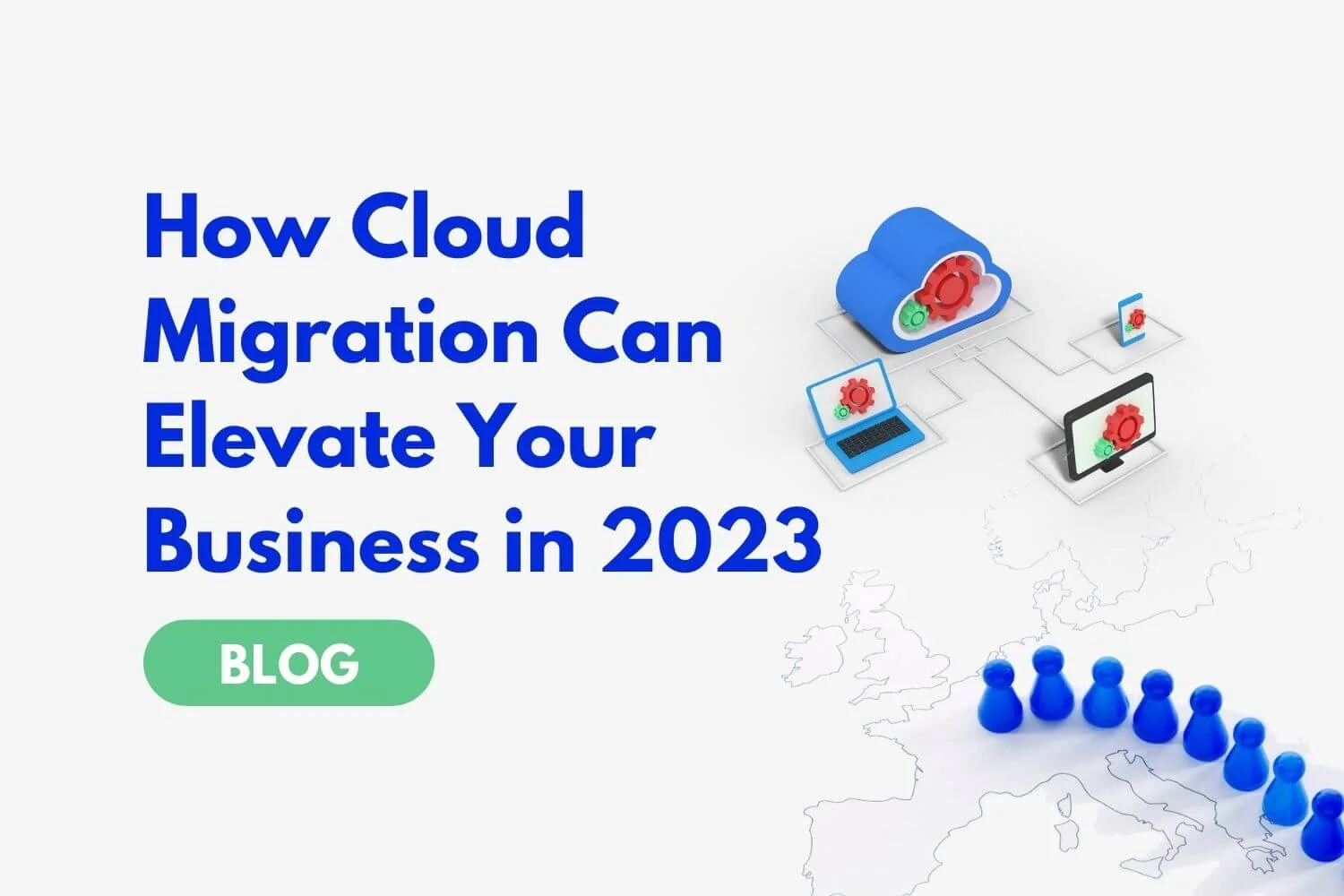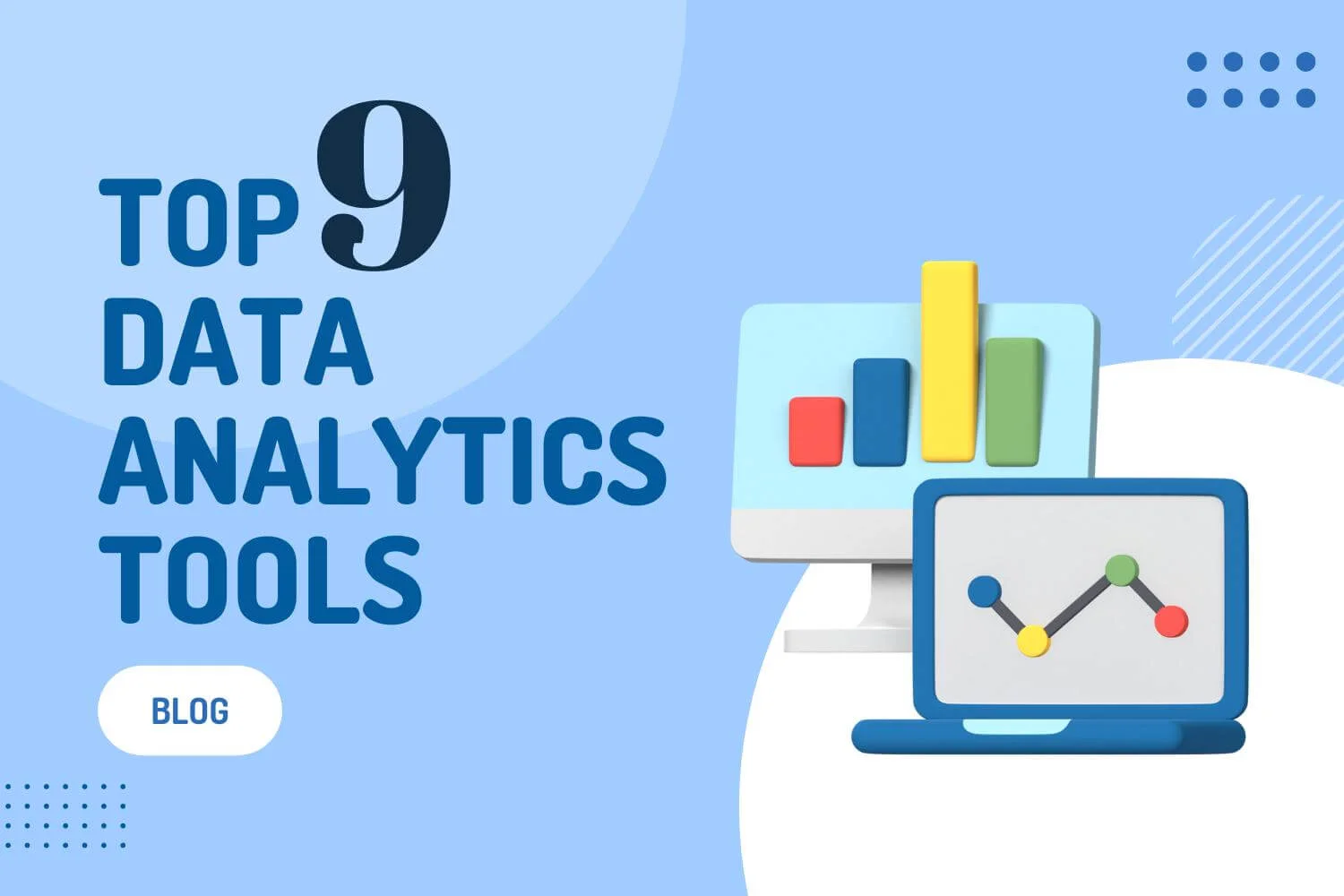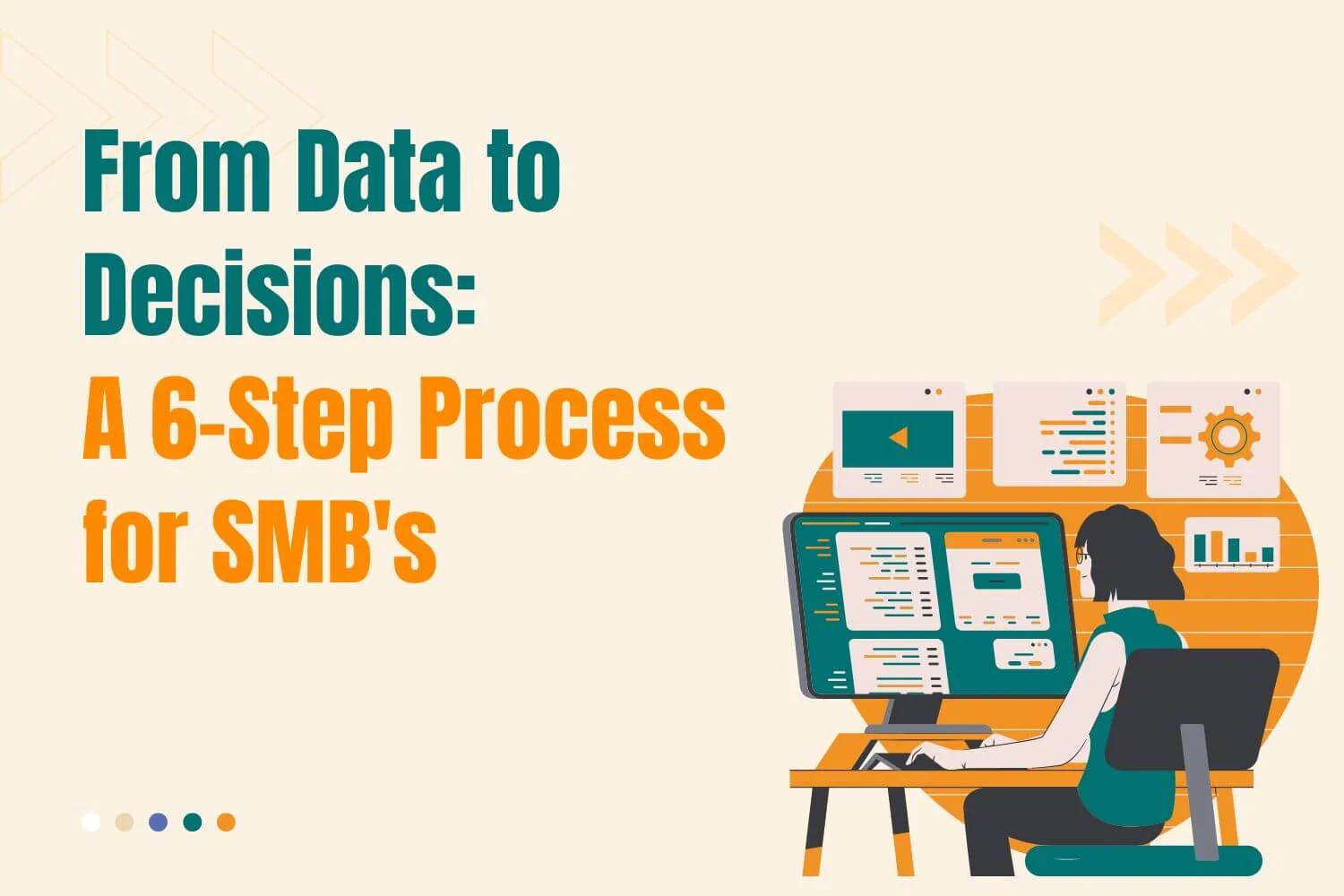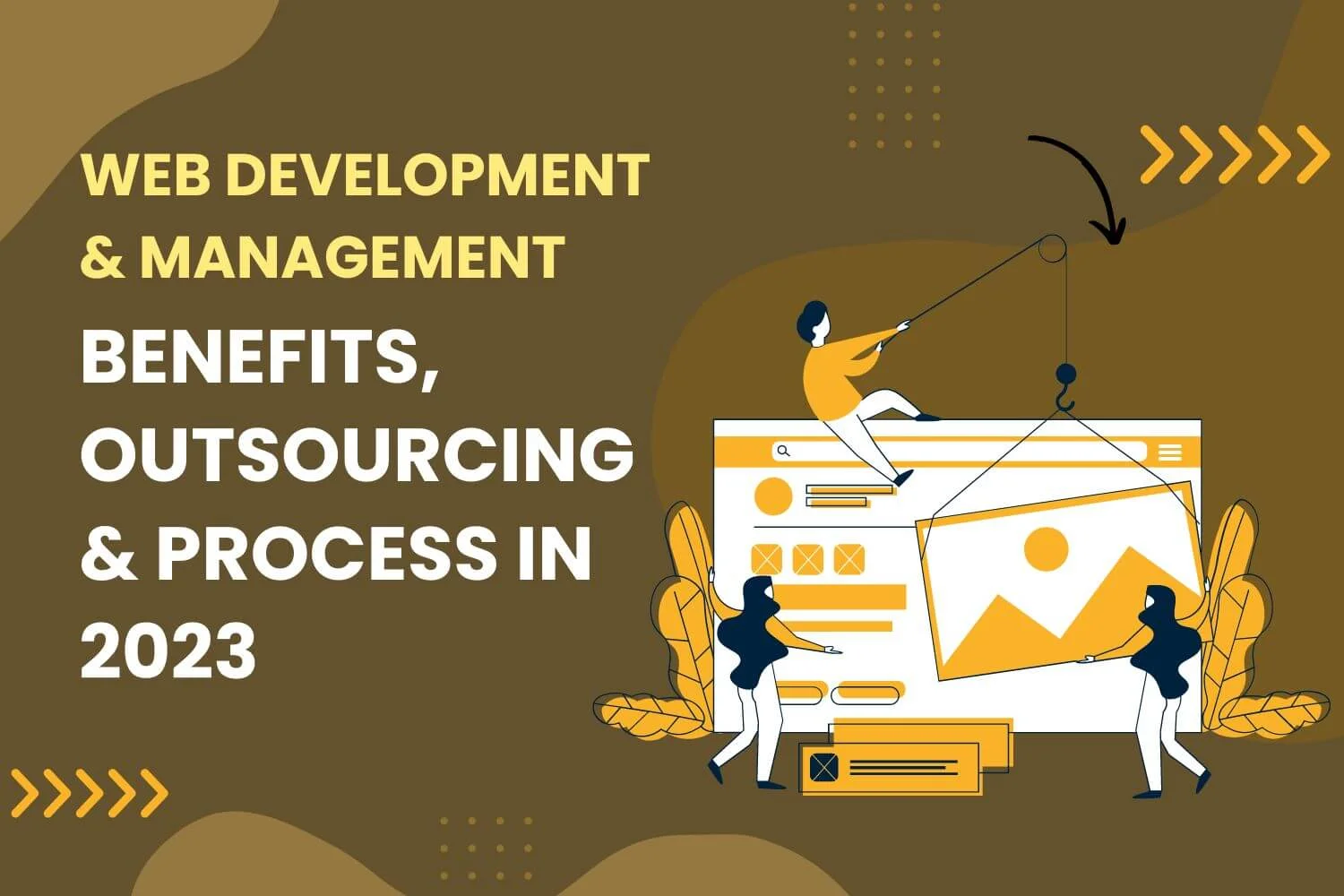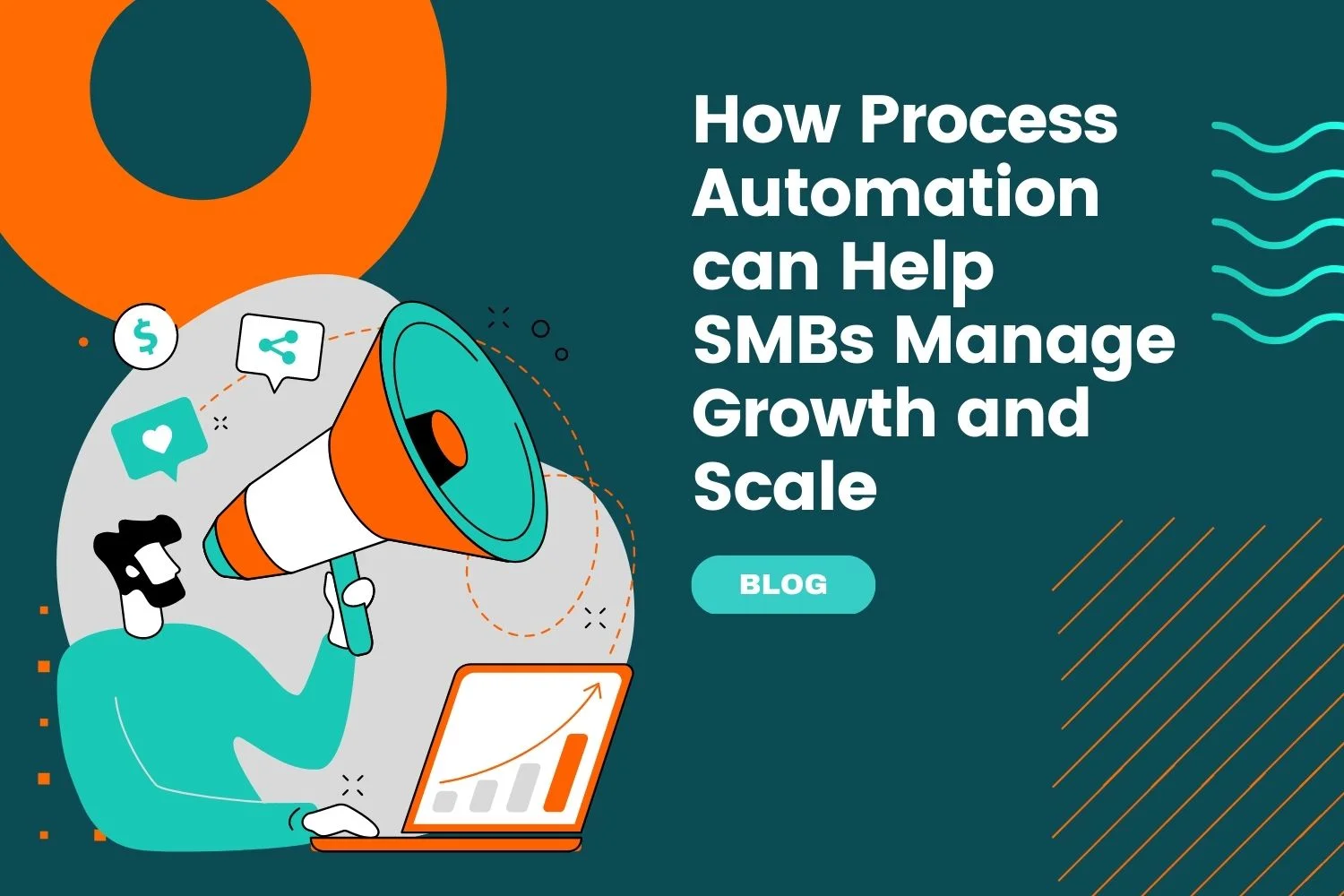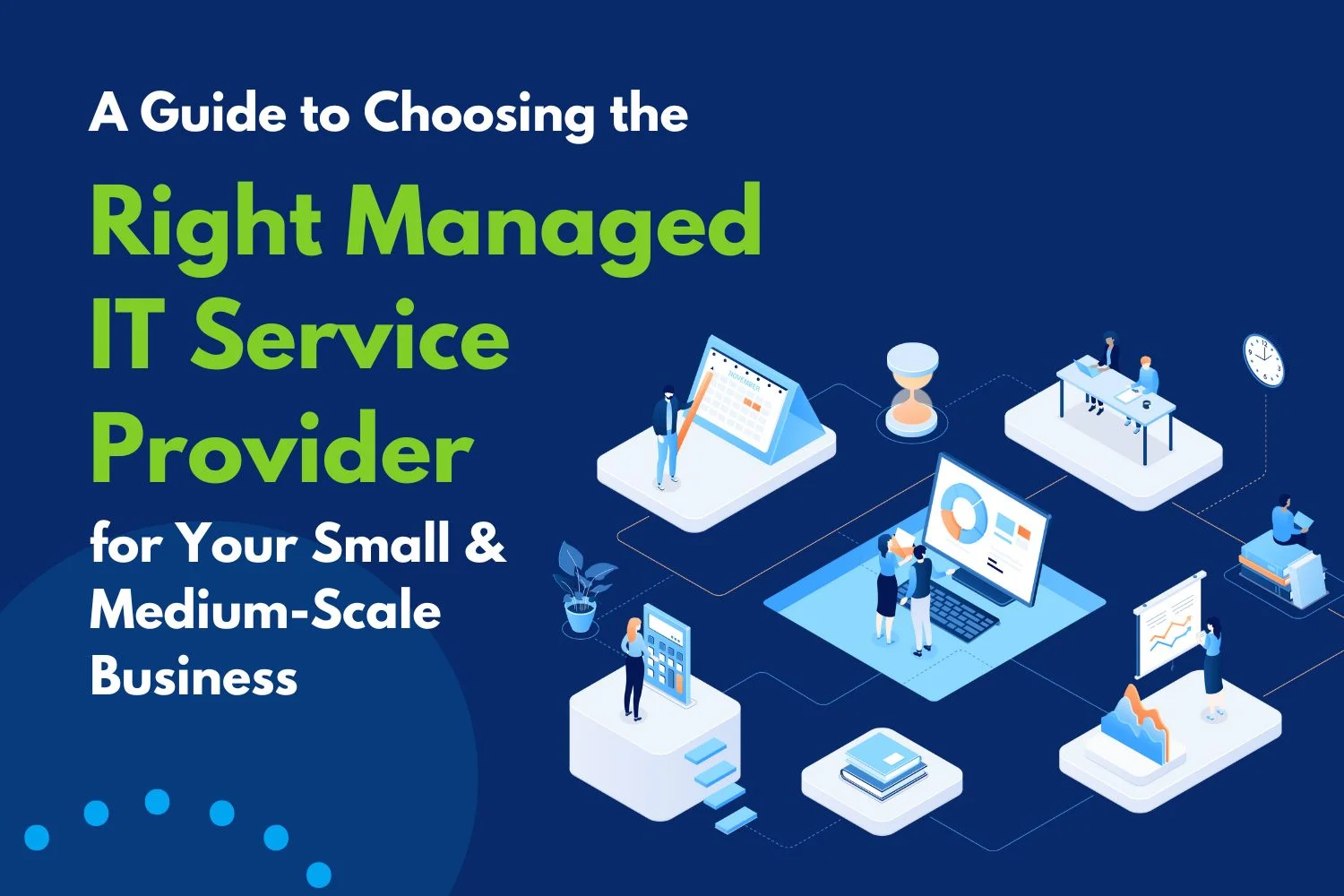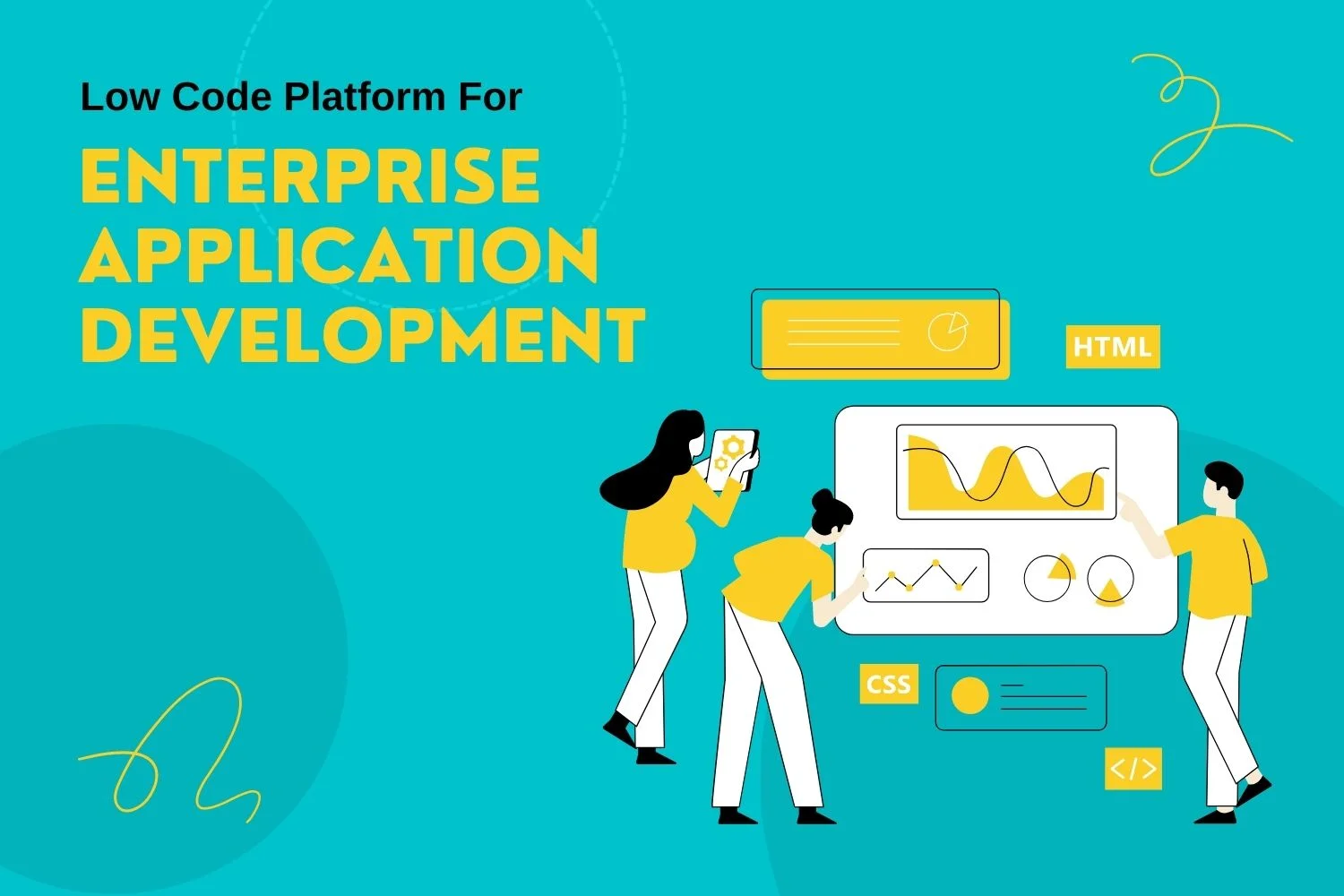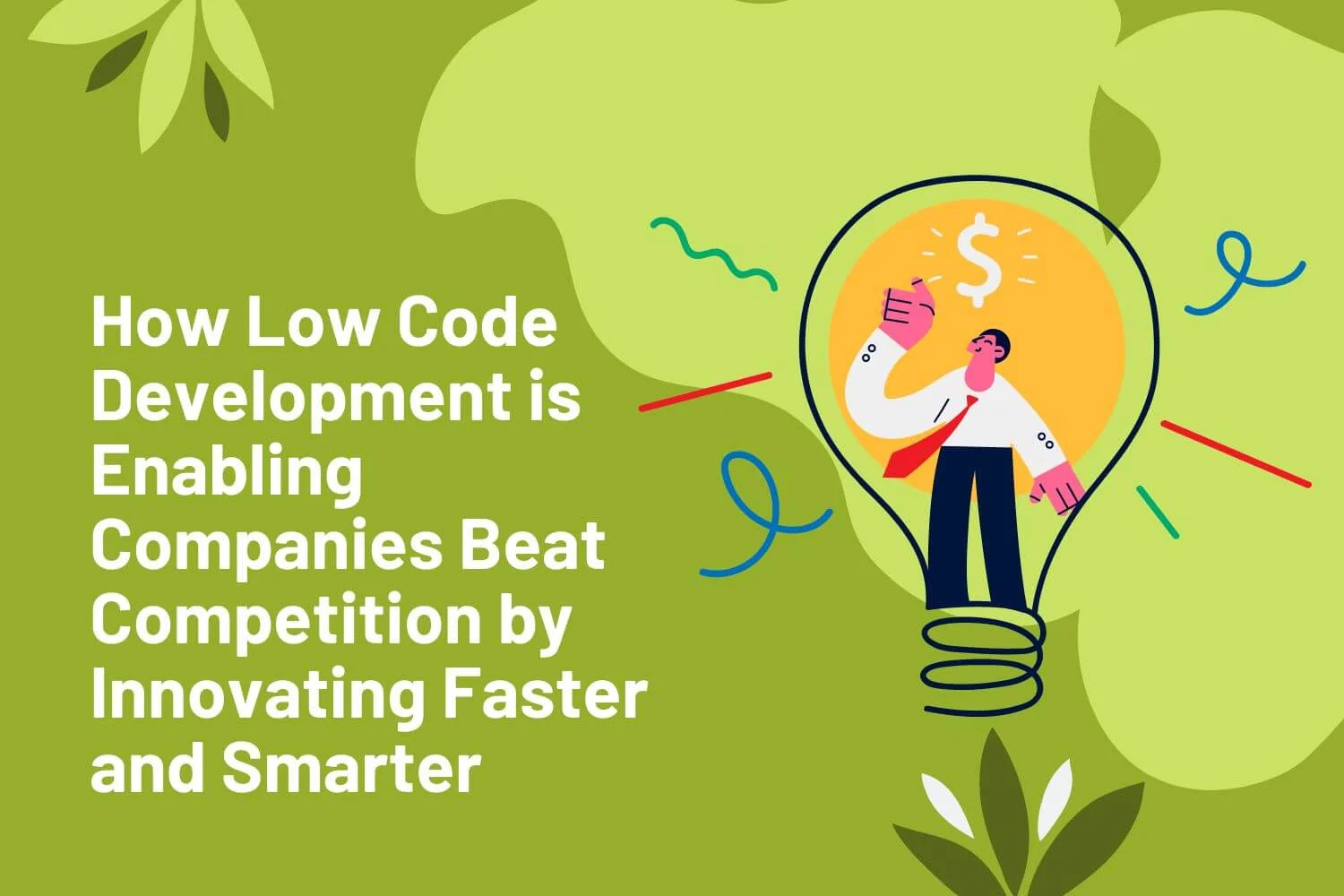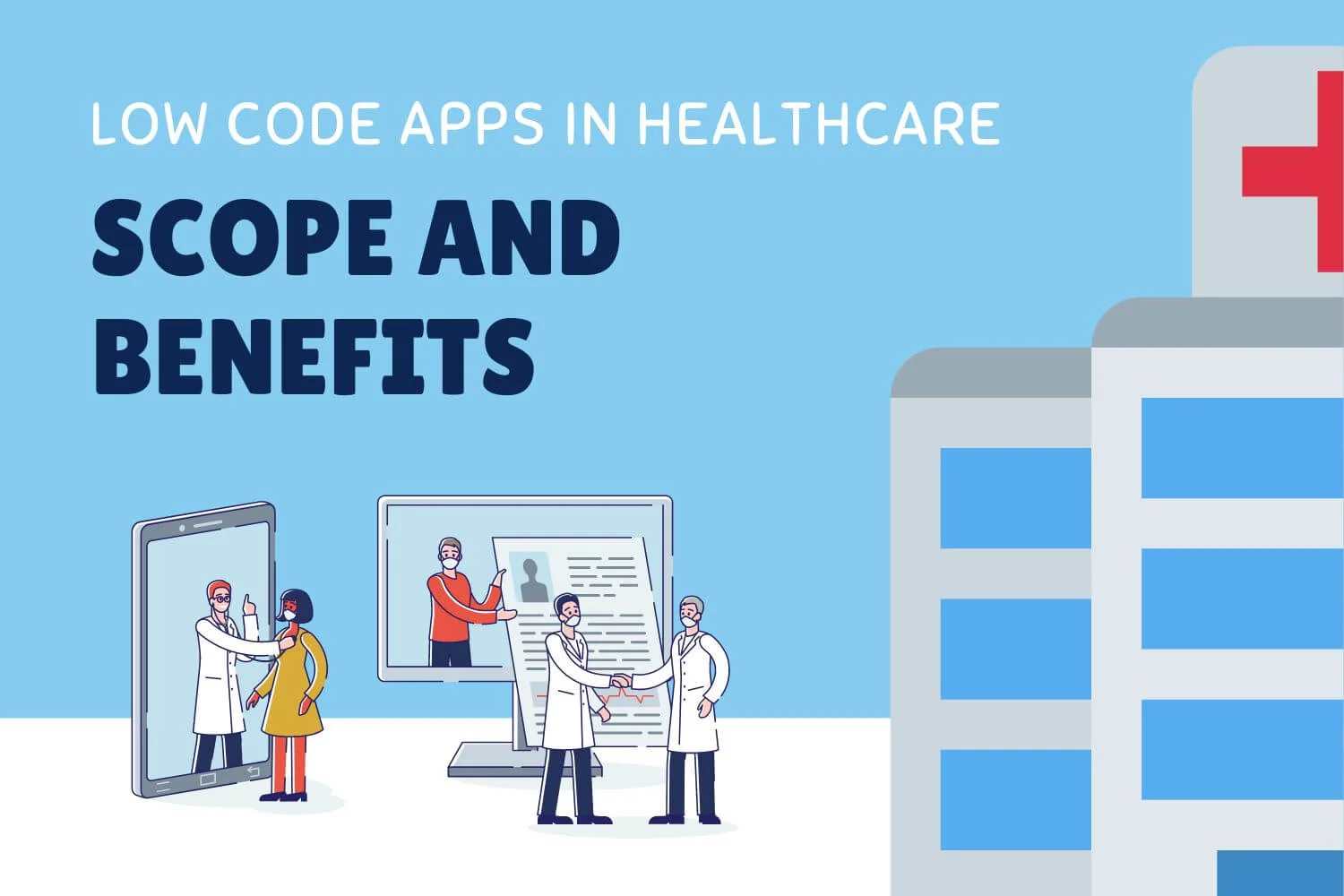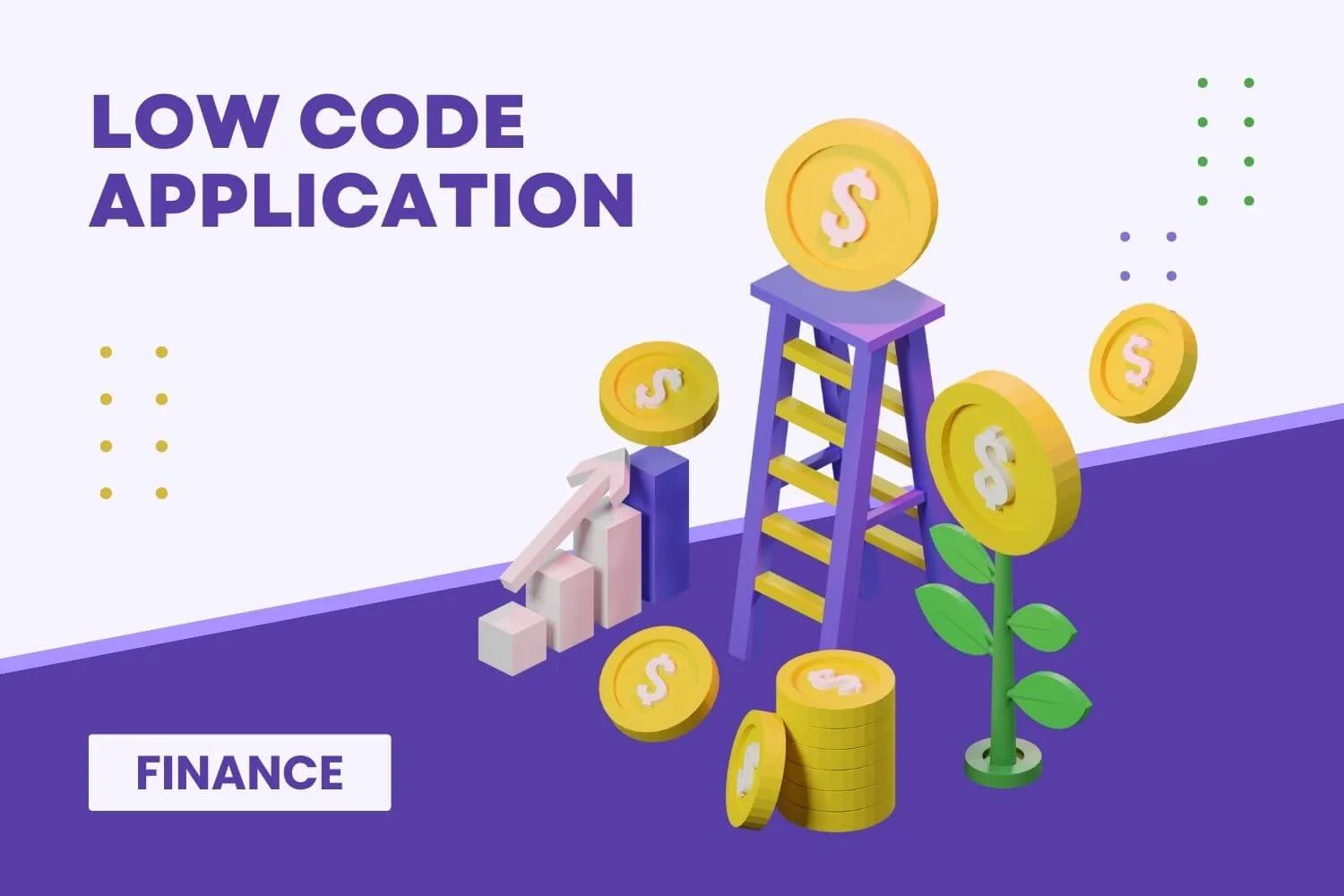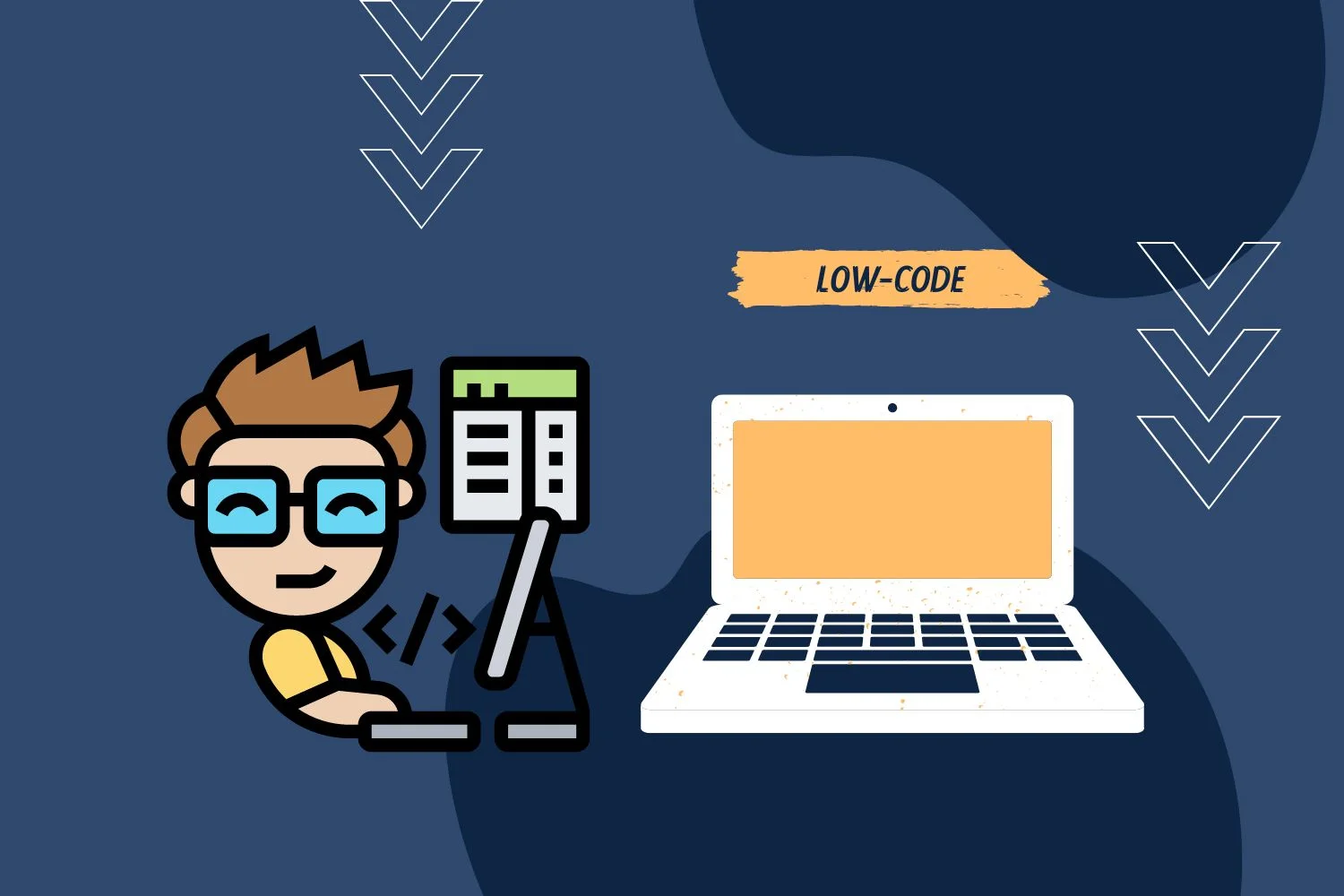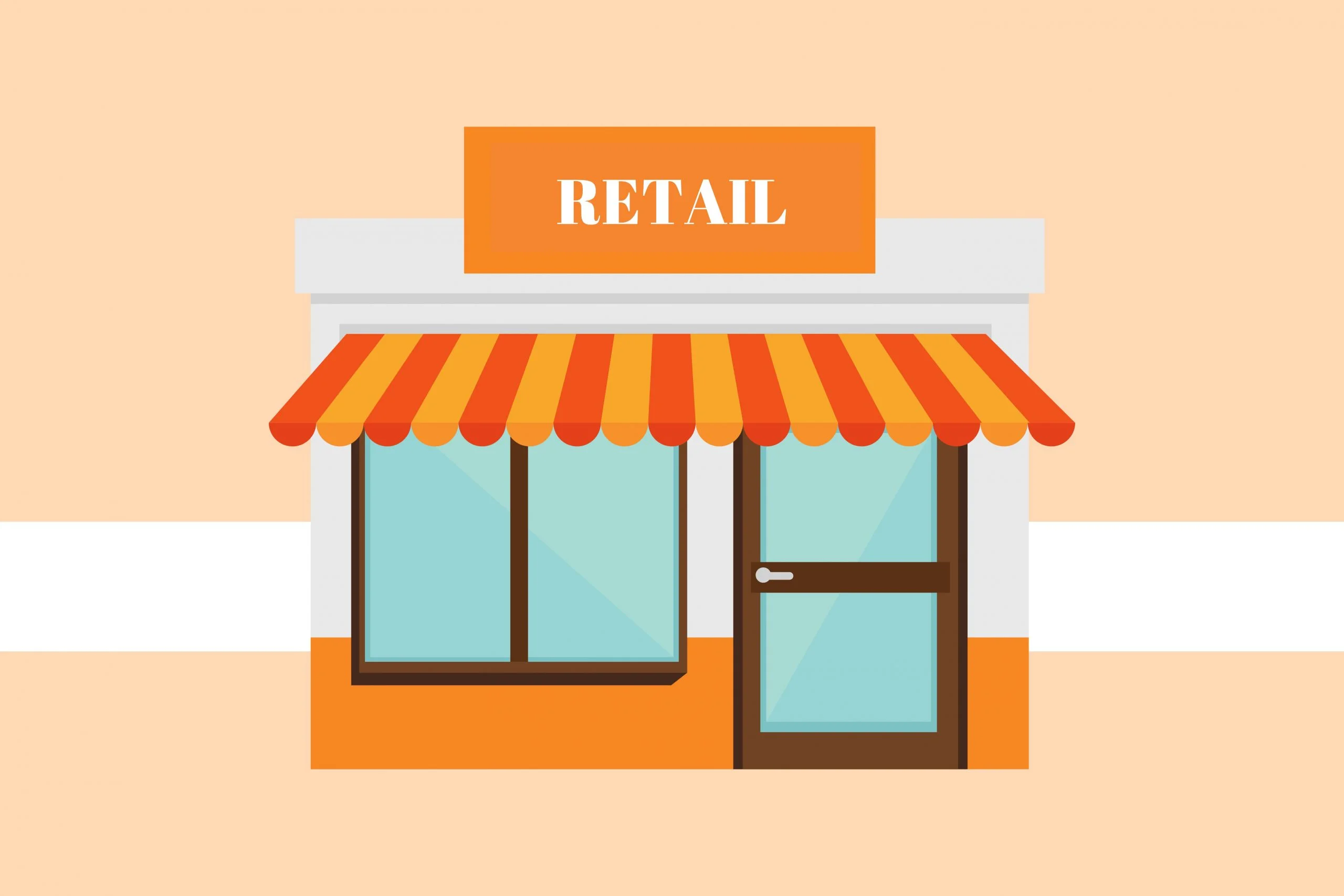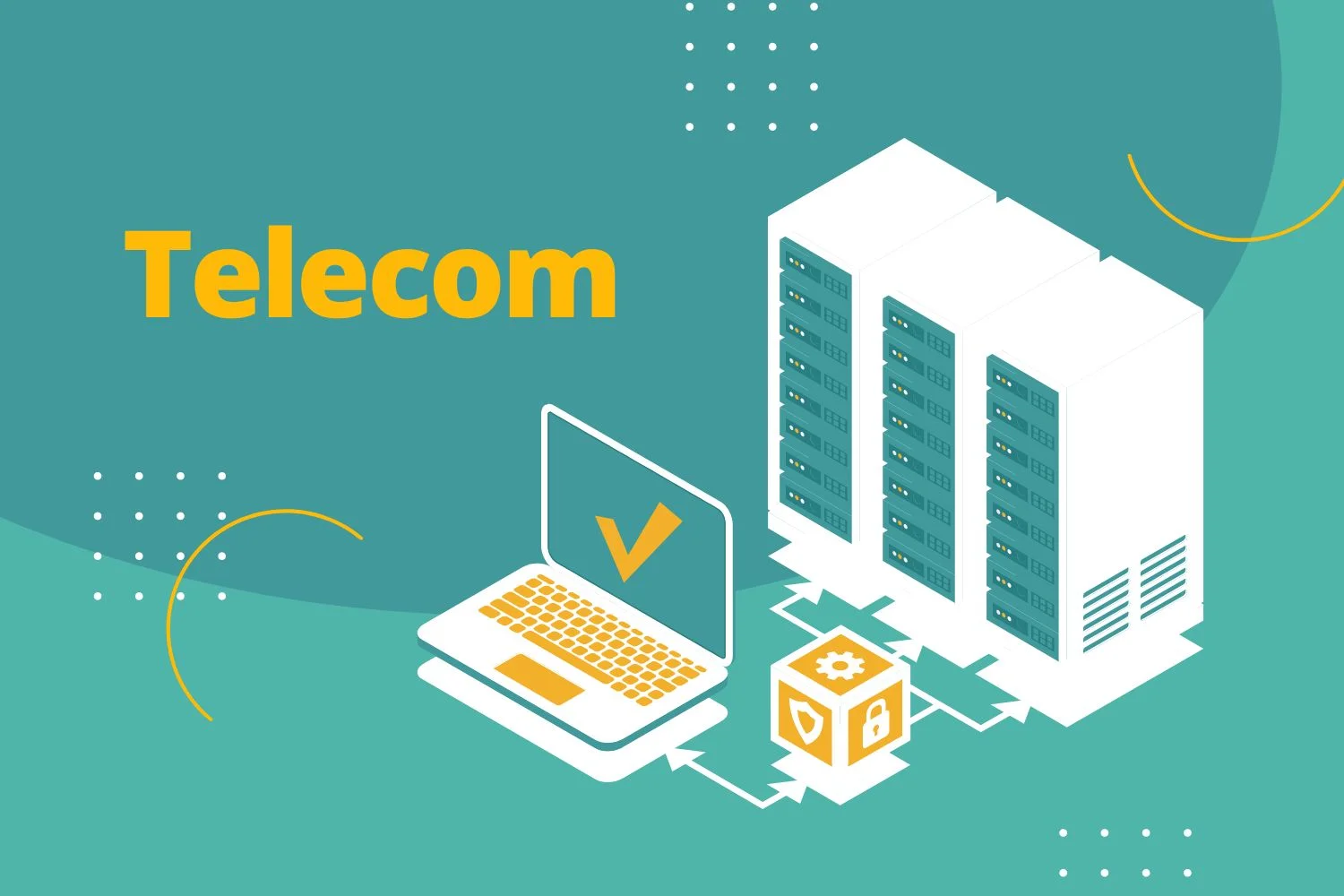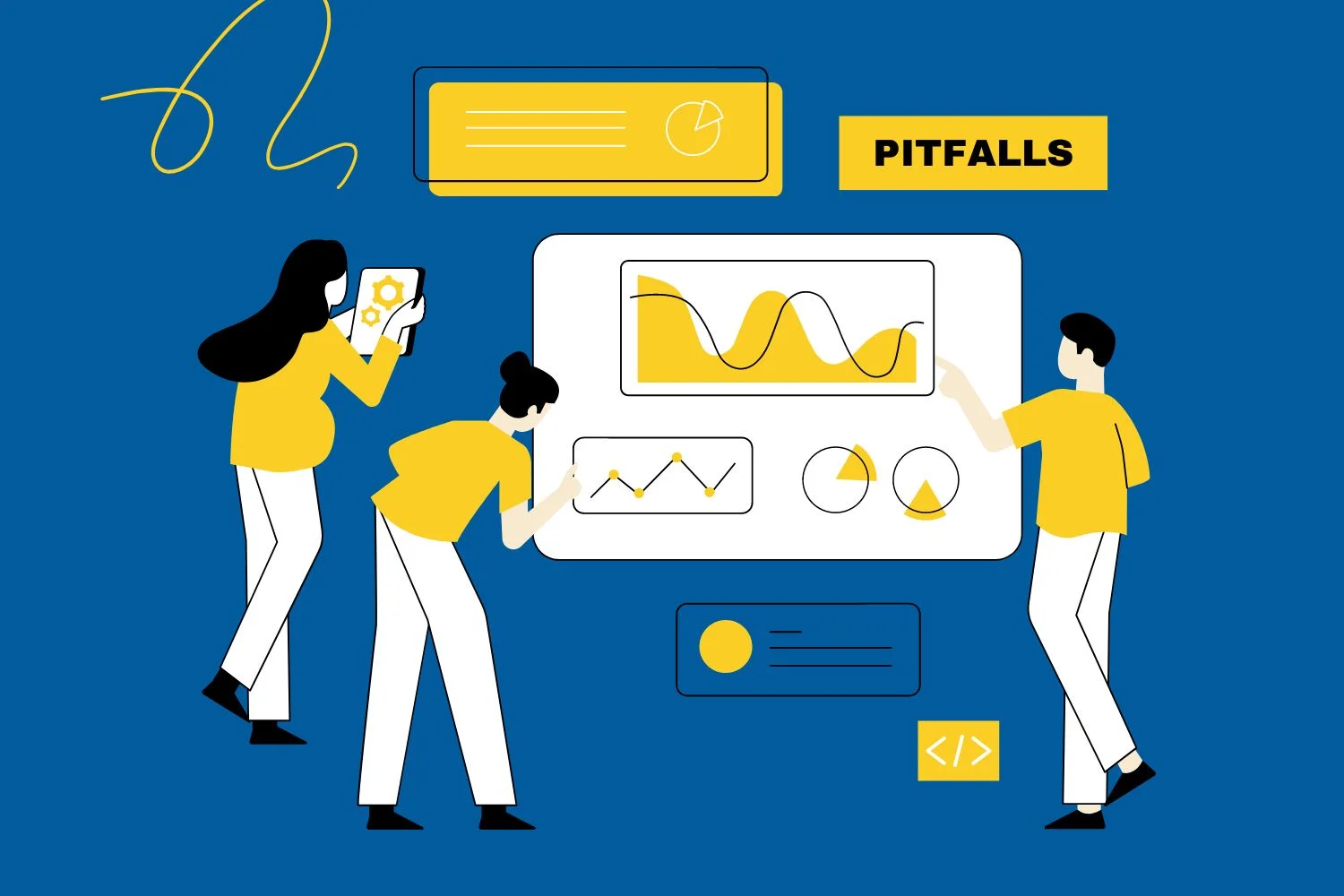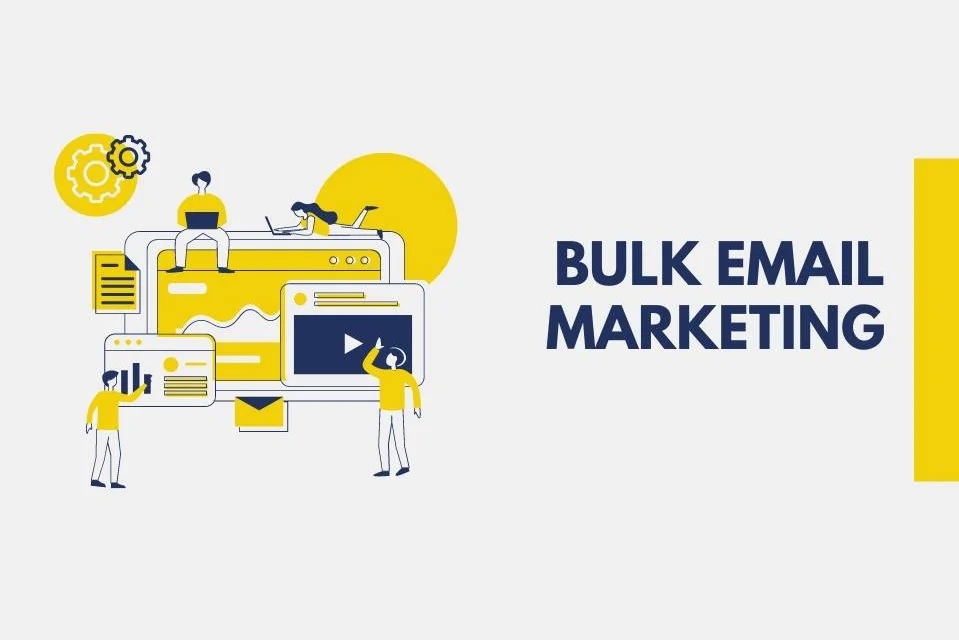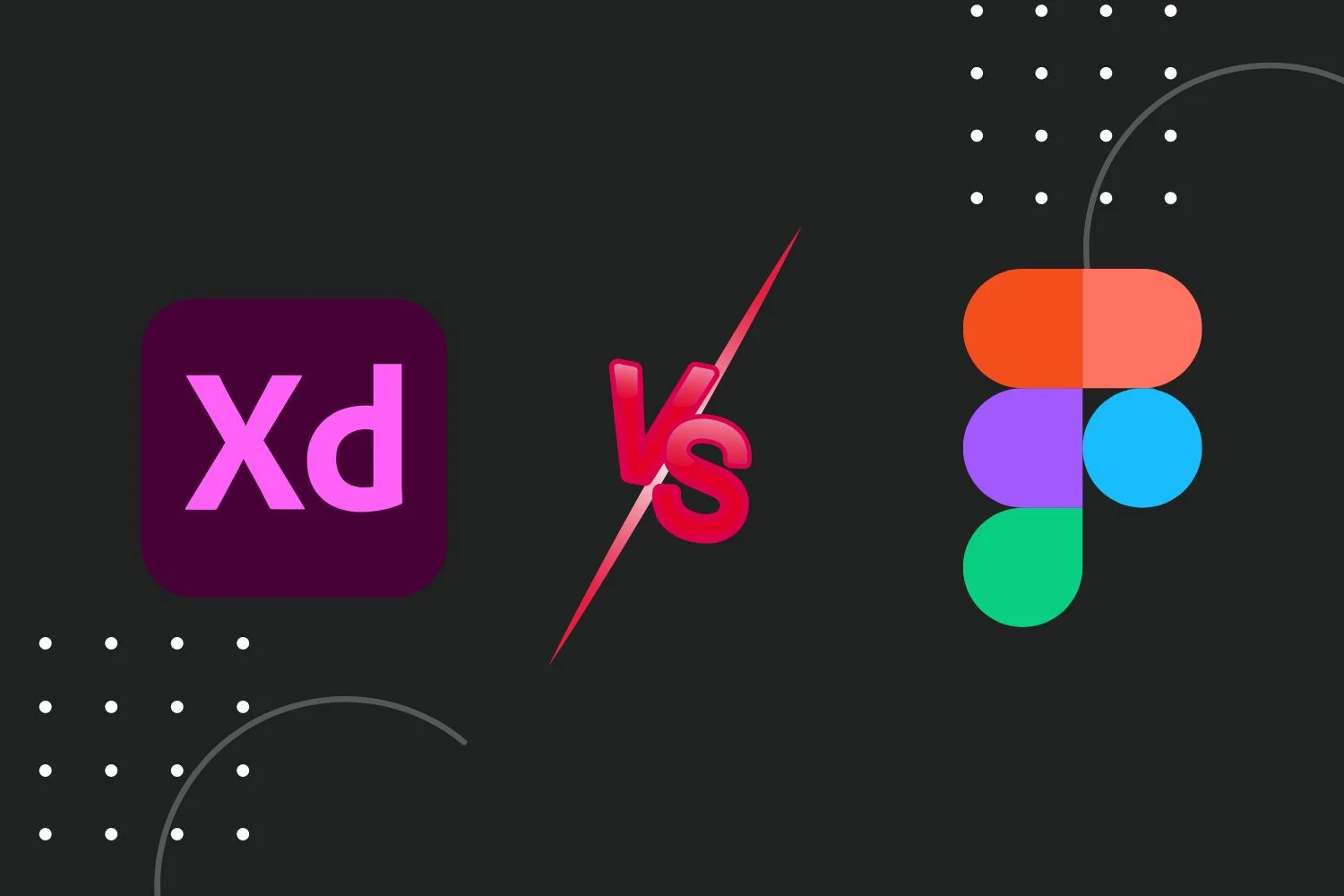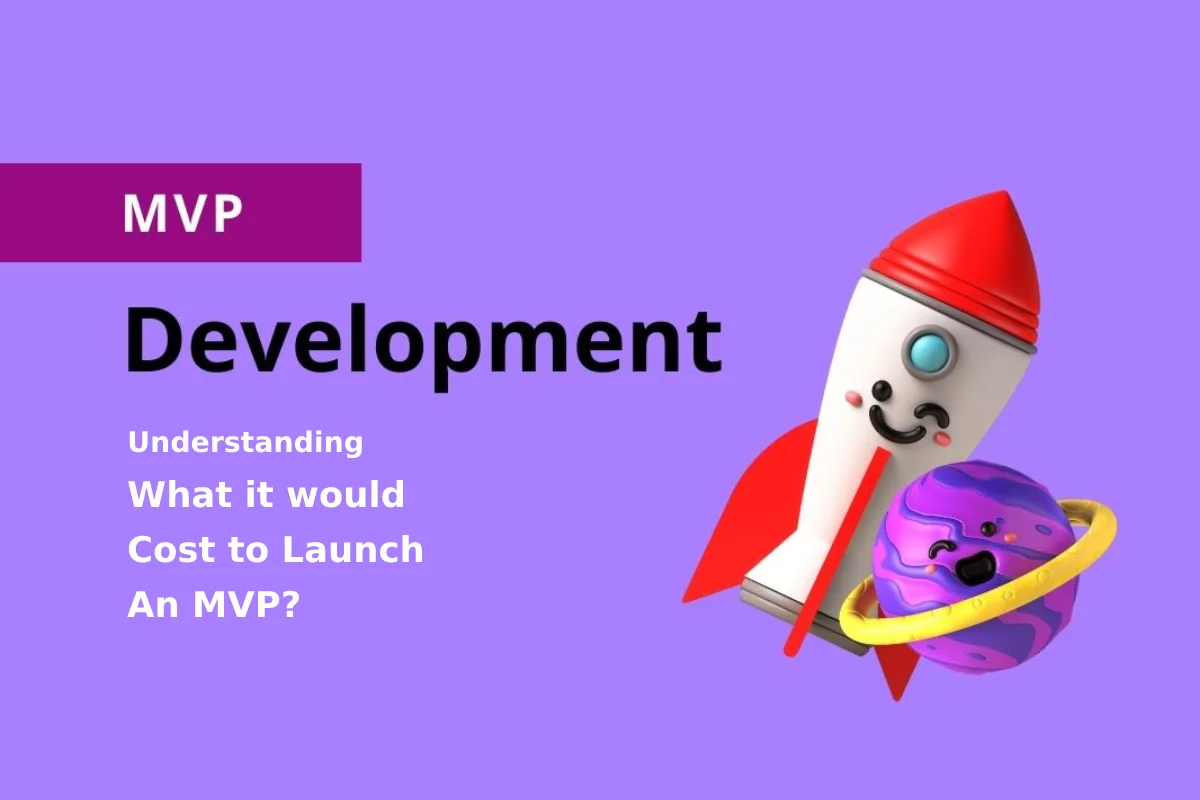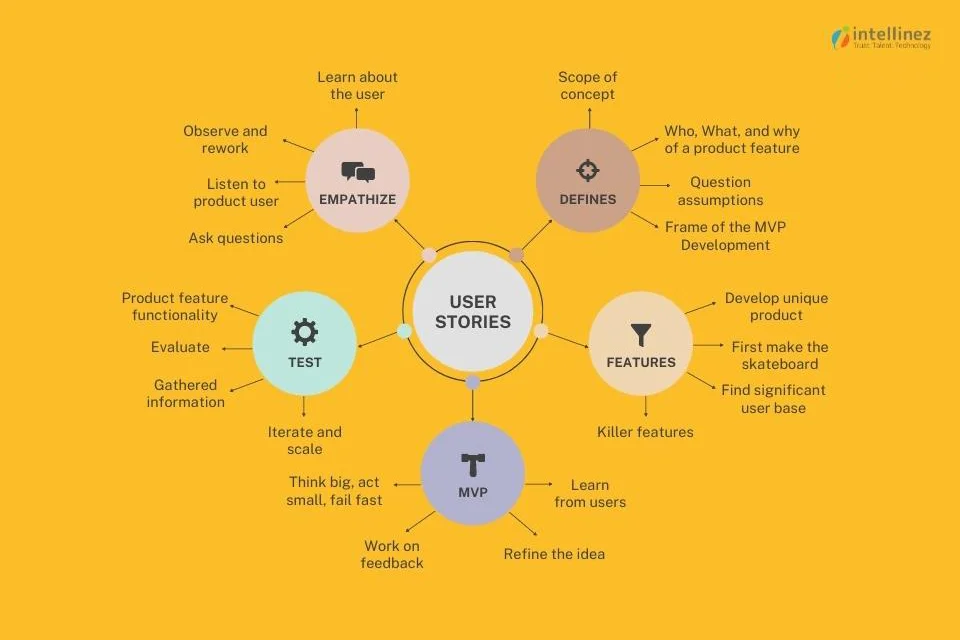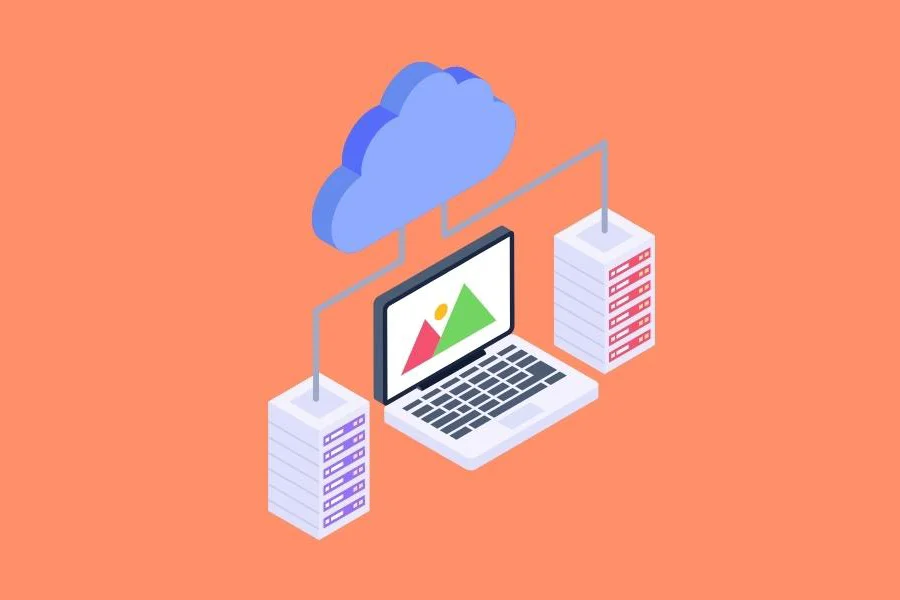Table of Contents
With increased flexibility, scalability, and cost-effectiveness, SaaS has become a cornerstone for almost every business. It follows a software distribution model in which the service provider hosts the application and makes it available to customers over the Internet.
A SaaS application is different from traditional software as users don’t have to install it on devices; instead, they can access it via web browsers only. SaaS applications have various advantages in terms of deployment, accessibility, and management.
Main Characteristics of SaaS Applications
1. Users can access this software from any device, which eliminates the need for local installation.
2. All the aspects of the SaaS software, including updates, security, and infrastructure, are managed by a service provider.
3. SaaS solutions are highly scalable and can accommodate growing users and increased demand.
4. SaaS applications generally follow a subscription model where various pricing tiers are available based on the features.
5. The same application is shared by multiple customers while data is kept isolated and secure.
Although many SaaS service providers are available globally, SaaS based on Amazon Web Services (AWS) is the most popular choice for SaaS providers due to its extensive range of services and benefits. According to the AWS Ecosystem Report, more than 2.38 million businesses have AWS SaaS in 2024.
Another reason AWS is the top pick for SaaS providers is its architecture. The AWS architecture makes it a high-performing and reliable SaaS platform. Therefore, to help you with a better understanding of this notion, this blog will cover the core concepts of AWS SaaS architecture along with its design.
By the end of this comprehensive guide, you will have a thorough understanding of how -to architect, implement, and optimize SaaS solutions on AWS enabling you to harness the full potential of cloud-based software delivery.
Core Concepts of AWS SaaS Architecture
The core concepts of the SaaS architecture of AWS consist of some fundamental principles, strategies, and best practices that are crucial for building and managing SaaS solutions. These concepts are mentioned below:
1. Multi-Tenancy
Multi-tenancy is an architectural approach where multiple customers use a single instance of software application. These customers are known as tenants. The data of each tenant is kept isolated and invisible to other tenants. Here are a few of the benefits that SaaS applications achieve with multi-tenancy:
a. Multi-tenancy applications are easier to scale and can accommodate more tenants as compared to SaaS with multiple instances.
b. It has simple maintenance, updates, and upgrades as all the changes are made to a single codebase.
c. Operational cost is low as infrastructure and application resources are shared among multiple tenants.
Challenges associated with multi-tenancy:
a. Essential and robust data isolation to prevent data leakage between tenants is the main challenge.
b. Managing tenant-specific customization on a single codebase is difficult.
c. The performance of one tenant should not affect others.
d. Robust security measures are required to protect data and access.
2. Scalability
Scalability is a crucial aspect of the SaaS application that handles varying loads as the users grow. It also ensures that the application is strong enough to accommodate an increased number of tenants without compromising the performance.
AWS has the following scalable infrastructure services:
1. Amazon EC2: It allows automatic scaling for SaaS applications and provides resizable computing capacity.
2. AWS Auto Scaling: It monitors applications and then automatically adjusts capacity to maintain application performance at the lowest possible cost.
3. Amazon Dynamo DB: It is a fully managed NoSQL database by Amazon that automatically scales to handle high-throughput workloads.
4. Amazon RDS: With replicas and automatic scaling, it offers a scalable database for SaaS applications.
5. Amazon S3: It provides virtually unlimited storage with automatic scaling capabilities.
3. Security and Compliance
Security and compliance are crucial for every SaaS application to protect data from any kind of leakage and breach. AWS applies strong data encryption with its Key Management Service (KMS) feature to rest and in-transit data to protect sensitive information from unauthorized access. It also has strong authentication and authorization mechanisms known as AWS Identity and Access Management (IAM) to control resources and data access.
AWS has regular audits and monitoring to detect and mitigate vulnerabilities. It helps them to enable strong incident response plans to handle breaches effectively. In addition to this, AWS has Amazon GuardDuty to provide intelligentce threat detection and continuous monitoring for malicious activity, AWS shield to protect against Distributed Denial of Service (DDS), and AWS Config to enable continuous monitoring and assessment of AWS resources configuration.
4. Customization and Configuration
AWS allows tenant-specific customization with options like personalized experience for user interface, configuration settings for tailored functionality and API/Webhooks for seamless integration. These features in SaaS application help in balancing tenant-specific needs while maintaining a unified codebase and ensuring efficient management and consistent performance across the board.
It has the following features:
a. Customizable User Interface: AWS allows users to customize their interfaces to match their branding and workflows, which leads to personalized user experiences.
b. Configuration Options: Provide a range of configuration options like access controls, and data storage preference, which lets users use applications as per their needs.
c. APIs and Webhooks: AWS offers a variety of APIs and webhooks to allow integration with systems and processes specific to tenants and enables seamless interoperability and automation.
In addition to the above, AWS has the power to balance customization with the need for a unified codebase with module architecture, feature flags, configuration management, and testing and validation.
Also read: Modern SaaS on AWS
Designing AWS SaaS Architecture
Various AWS services are used to build scalable, secure, and efficient SaaS application architecture of AWS. Here are 3 main architectural designs and patterns for developing SaaS on AWS:
Microservices Architecture
The microservices architecture of AWS SaaS application involves the decomposition of a monolithic application into small loosely-coupled, independently deployable services. Each microservice focuses on a specific business capability and communicates with other services via APIs. These architectural patterns have several advantages such as improved scalability, fault isolation, and quick deployment cycles.
Key components of the microservices architecture are:
a. Modularity: Each microservice is a self-contained unit responsible for specific business functions.
b. Independence: Services can be deployed independently.
c. Horizontal Scaling: Based on demand and resource optimization, it is possible to scale every service individually.
d. Elasticity: Based on traffic patterns, it can dynamically adjust to the number of instances using its auto-scaling capabilities.
e. Resilience: Failure in one microservice doesn’t affect the entire application, improving overall reliability.
f. Recovery: Recovery of faulty service can be done without downtime for the entire application.
Serverless Architecture
In serverless architecture, the underlying infrastructure is not managed to build and run applications and services. This approach helps developers to focus solely on code without worrying about the server as AWS handles its provisioning, scaling, and maintenance. This model of AWS SaaS architecture has advantages like cost-efficiency, automatic scaling, and reduced operational overhead.
Key components of the serverless architecture are:
a. Computer Services: The serverless architecture provides AWS Lambda service which runs code in response to events and manages computer resources automatically.
b. Storage and databases: It has three types of storage and databases named Amazon S3, DynamoDB, and Aurora Serverless, which provide scalable and on-demand storage and database services.
c. Monitoring and Logging: Amazon CloudWatch and AWS X-Ray in serverless architecture are used to monitor and log application performance to provide actionable insights.
d. Event-Driven Architecture: Amazon API Gateway, AWS Step Functions, and Amazon EventBridge act as front doors for SaaS applications as they manage APIs, orchestrate serverless workflows, and deliver a scalable event bus for integrating various services and SaaS applications.
Multi-Tenant Database Design
The multi-tenant architecture allows multiple customers to share and use the same applications and database infrastructure while ensuring data isolation and security for each tenant. Choosing the right database strategy is crucial to design this database to ensure efficiency and scalability.
Key components of multi-tenant database design are:
a. Tenant Isolation: Through logical and physical means, AWS ensures that each tenant’s data is separated to provide a high-level of isolation and security.
b. Data Partitioning: Use partition key and sharding to separate and distribute tenant data improving overall query performance and scalability.
c. Schema Design: Applies tenant identifier to segregate data allowing better customization and isolation.
d. Access Control: Implement role-based access control and (Identity and Access Management) IAM policies.
e. Performance Optimization: Utilize indexing and read replicas to speed up queries and improve response time.
f. Scalability: Leverage Amazon Aurora Serverless and DynamoDB to scale and distribute incoming traffic across multiple instances.
g. Security: AWS has a specialized Key Management System (KMS) for database-native encryption. It also uses audit logs to monitor access and compliance.
h. Backup and Recovery: Amazon RDS and DynamoDB service can be used for automated and point-in-time database recovery.
i. Monitoring and Management: In multi-tenant database design, Amazon CloudWatch and AWS X-Ray are used to monitor performance metrics, set alerts, and create dashboards in real time.
j. Compliance: Ensuring regulatory compliance by adhering to standards and regulations like GDPR, HIPAA, and SOC 2 implementing correct security measures.
Diagram of AWS SaaS Architecture
The AWS SaaS architectural diagram will provide you with a visual representation of structure, components, and interactions within SaaS. Developers and architects can gain a comprehensive understanding of their SaaS application, which enables effective communication and collaboration, enhances decision-making, and eases the documentation process. As the SaaS applications can be of many types, AWS also offers various types of architectural diagrams for SaaS, which users can utilize as per their development requirement.
Key Elements of AWS SaaS Architectural Diagram
A. SaaS Components and Services: SaaS components and services are the most crucial part of the architectural diagram to be highlighted. These components can be a user interface, application logic, database, messaging services, and more. Each component delivers a specific SaaS functionality and plays an important role in architecture. Stakeholders can understand different parts of architecture with proper visualization.
B. User Authentication and Authorization: It is important to represent the user authentication and authorization mechanism in the architectural diagram. AWS Cognito, federated identity providers, and fine-grained access control policies can be part of this.
C. Data Storage and Management: It is important to illustrate how data is going to be stored, organized, and accessed in the solution within the architectural diagram. For this, components like Amazon RDS, Amazon S3, or Amazon DynamoDB can be shown. In addition to this, data replication and backup strategies can also be part of the architectural diagram.
D. Integration Points and APIs: Depicting integration points and APIs that facilitate communication and data exchange within the application is essential. For AWS, architectural diagrams can have API Gateway, AWS Lambda, or AWS AppSync for real-time synchronization. Stakeholders can get a better understanding of the interconnectedness of SaaS solutions by visualizing these points.
E. Monitoring and Logging: Finally, showcasing monitoring and logging components like AWS CloudWatch, and AWS CloudTrail is important in the AWS SaaS architectural diagram. Stakeholders can fully view the robustness of the solutions’ monitoring capabilities by looking at the incorporated monitoring and logging elements.
Complete the AWS SaaS architectural diagram with all these components and proper visualization. Altogether, these components form the foundation of a scalable, secure, and efficient SaaS architecture ensuring all the aspects of the system are effectively visualized and communicated.
AWS SaaS Architectural Diagram with Element Mapping
Now let’s have a look at the architectural diagram of the AWS SaaS application with proper element mapping.
![A Comprehensive Guide to AWS SaaS Architecture [Diagram Included] 6 AWS SaaS Architecture](http://www.intellinez.com/wp-content/uploads/2024/08/2-1.png)
Conclusion
AWS stands out as a premier platform for SaaS development, offering a wide array of services that simplify the creation and management of SaaS applications. By leveraging AWS, businesses can ensure high performance, reliability, and security for their SaaS offerings.
This blog has meticulously detailed the core concepts of AWS SaaS architecture, focusing on multi-tenancy, scalability, security, and customization. It also explored the practical aspects of designing and implementing SaaS applications on AWS. It covered various architectural patterns, including microservices and serverless architectures, each offering distinct advantages.
AWS provides a comprehensive suite of services and best practices that enable the development of robust, scalable, and secure SaaS applications. By understanding and implementing the core concepts and strategies discussed in this guide, businesses can harness the full potential of cloud-based software delivery, ensuring their SaaS solutions meet the evolving needs of their customers.
As you embark on your journey to build or optimize your SaaS applications on AWS, this guide serves as a foundational resource. Armed with this knowledge, you can confidently design, implement, and manage AWS SaaS architectures that deliver exceptional value and performance.
Partner with Intellinez Systems for Scalable SaaS Application
If you require additional assistance in developing SaaS applications on AWS, Intellinez is the right partner for you. With our proven expertise in this area, you can leverage AWS in the best way possible and develop a highly scalable and robust SaaS application with all architectural functionalities within it.
-
1. What is AWS SaaS architecture?
AWS SaaS architecture is a framework for building and deploying Software-as-a-Service (SaaS) applications on Amazon Web Services, leveraging AWS’s scalable, secure, and cost-effective infrastructure.
-
2. Why is multi-tenancy important in AWS SaaS architecture?
Multi-tenancy allows multiple customers (tenants) to share a single application instance while keeping their data isolated, leading to better resource utilization, simplified maintenance, and reduced operational costs.
-
3. How does AWS ensure the scalability of SaaS applications?
AWS ensures scalability through services like Amazon EC2 for compute capacity, AWS Auto Scaling for automatic resource adjustments, and Amazon DynamoDB for handling high-throughput workloads.
-
4. What security measures does AWS provide for SaaS applications?
AWS provides robust security measures including data encryption with AWS Key Management Service (KMS), identity and access management with AWS IAM, and continuous monitoring with AWS CloudWatch and Amazon GuardDuty.
-
5. What are the benefits of using AWS Lambda in a serverless SaaS architecture?
AWS Lambda offers benefits such as automatic scaling, cost-efficiency (pay-per-use), and reduced operational overhead by allowing developers to focus on code without managing the underlying infrastructure
- tawa555 login
- https://www.10ml.com.br/orcamento/
- https://www.nwc10lab.com/validar-ideas-digitales/
- https://www.unvi.es/pago-seguros/
- https://kumarskitchen.com/medien/
- https://cdocencia.xoc.uam.mx/
- rejekibet
- https://mgapress.com.br/assessoria-de-imprensa/
- https://www.intersmartsolution.com/erp-solutions/
- https://cvworld.in/seo-services/
- slot pulsa 5000
- slot deposit 5000
- slot deposit pulsa
- https://ksquare99.com/culture.html
- https://intersmart.ae/our-works/
- https://astrologerparduman.com/blogs/
- https://gluesys.com/
![A Comprehensive Guide to AWS SaaS Architecture [Diagram Included] 1 Aws SaaS Architecture](http://www.intellinez.com/wp-content/uploads/2024/08/Title-image-1024x683.jpg)
![A Comprehensive Guide to AWS SaaS Architecture [Diagram Included] 2 Key Concepts of AWS SaaS Architecture](http://www.intellinez.com/wp-content/uploads/2024/08/Title-image-2.jpg)
![A Comprehensive Guide to AWS SaaS Architecture [Diagram Included] 3 Key Components of Microservices Architecture](http://www.intellinez.com/wp-content/uploads/2024/08/Title-image-2.png)
![A Comprehensive Guide to AWS SaaS Architecture [Diagram Included] 4 Key Components of Serverless Architecture](http://www.intellinez.com/wp-content/uploads/2024/08/Title-image-4.jpg)
![A Comprehensive Guide to AWS SaaS Architecture [Diagram Included] 5 Key Components of Multi-Tenant Database Design](http://www.intellinez.com/wp-content/uploads/2024/08/Title-image-5-1.jpg)


























